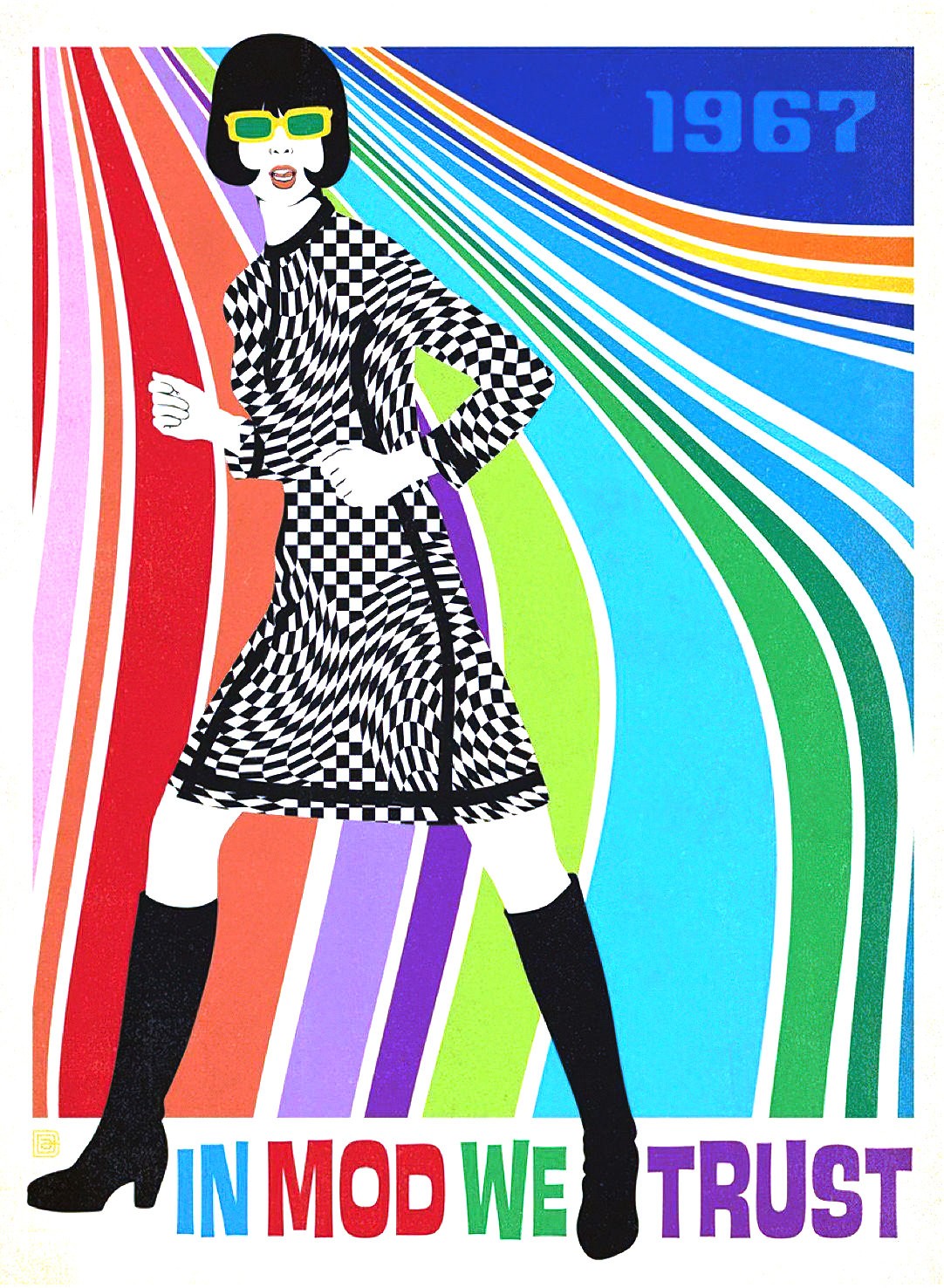A BRIEF HISTORY OF THE TERM PSYCHEDELIC
Basically, the word ‘psychedelic’ started out in pharmacology. It was coined from the English word psyche plus the Greek word delos, which means to manifest. The suffix -ic means relating to or characterized by.
Because of the visual hallucinations it can cause, the word psychedelic came to apply later to art:
The term ‘psychedelic’ was coined by a psychiatrist named Humphrey Osmond back in 1957. He was interested in drugs like LSD and mescalin, which are what we call ‘classic psychedelics’. They’re serotonin 2A receptor antagonist drugs. That’s just pharmacologically the mechanism, that’s the way they work in the brain as far as we can tell.
Psilocybin is another one of these classic psychedelics and so is DMT (Dimethyltryptamine), which is found in the human brain as well as in many plants and animals, and is found in ayahuasca as well. And so there’s your canonical group of what we call classic psychedelics. Most of those are naturally occurring. I mentioned mescalin, which is found in [various] cactus. I talked about DMT, which is found in different types of plants and animals. Also psylocibin, which is found in about 200 different species of mushrooms all over the world.
LSD is the semi-derivative synthetic that brought psychedelics into the limelight, if you will. [This happened] during the 20th century. You mentioned counter-culture. LSD was heavily involved in that period as well, synthesised in the laboratory in 1938 by a chemist named Dr Albert Hoffman. It works by the same mechanism as these other classic psychedelics, the serotonin 2A receptor mechanism. And so we grouped those together and when Osman was studying these drugs back in the 1950s they were trying to find a better name for them because people were usually referring to them as ‘psychotic mimics’, meaning they seemed to mimic a psychotic state. After working with these drugs and taking them himself, self-experimenting, [Hoffman] didn’t feel this was accurate. He felt there was more to the drug effects than that. So he and the English doctor, Osman, were going back and forth trying to figure out [how to choose a name to describe the drugs accurately].
[Aldous] Huxley wrote a famous book about the effects called The Doors of Perception. Eventually Osman proposed the word psychedelic [to] characterise that this was a drug that uncovering something in the psyche, allowing something in the psyche to manifest, to be revealed. He was using Greek terminology to come up with a new label. That is the beginning of that term specifically in the 1950s.
Since then [the 1950s], the word ‘psychedelic’ has been used in so many different ways: to talk about artwork, to talk about music, to talk about culture. The very strict pharmacological classification is not always the way people talk about these drugs in real life and certainly MDMA and even cannabis at times have been lumped in with these psychedelics, or drugs that can cause psychedelic-like states, whatever that means.
And so MDMA, although it’s not exactly the same from a pharmacological standpoint, as some of these other classic psychedelics, it does induce a really strong altered state of consciousness which is one of these key factors people look at when you create a psychedelic effect.
Albert Garcia-Romeu, PhD on the Speaking of Psychology podcast: Psychedelic therapy: Will it be a game changer for mental health treatment? March 15 2023
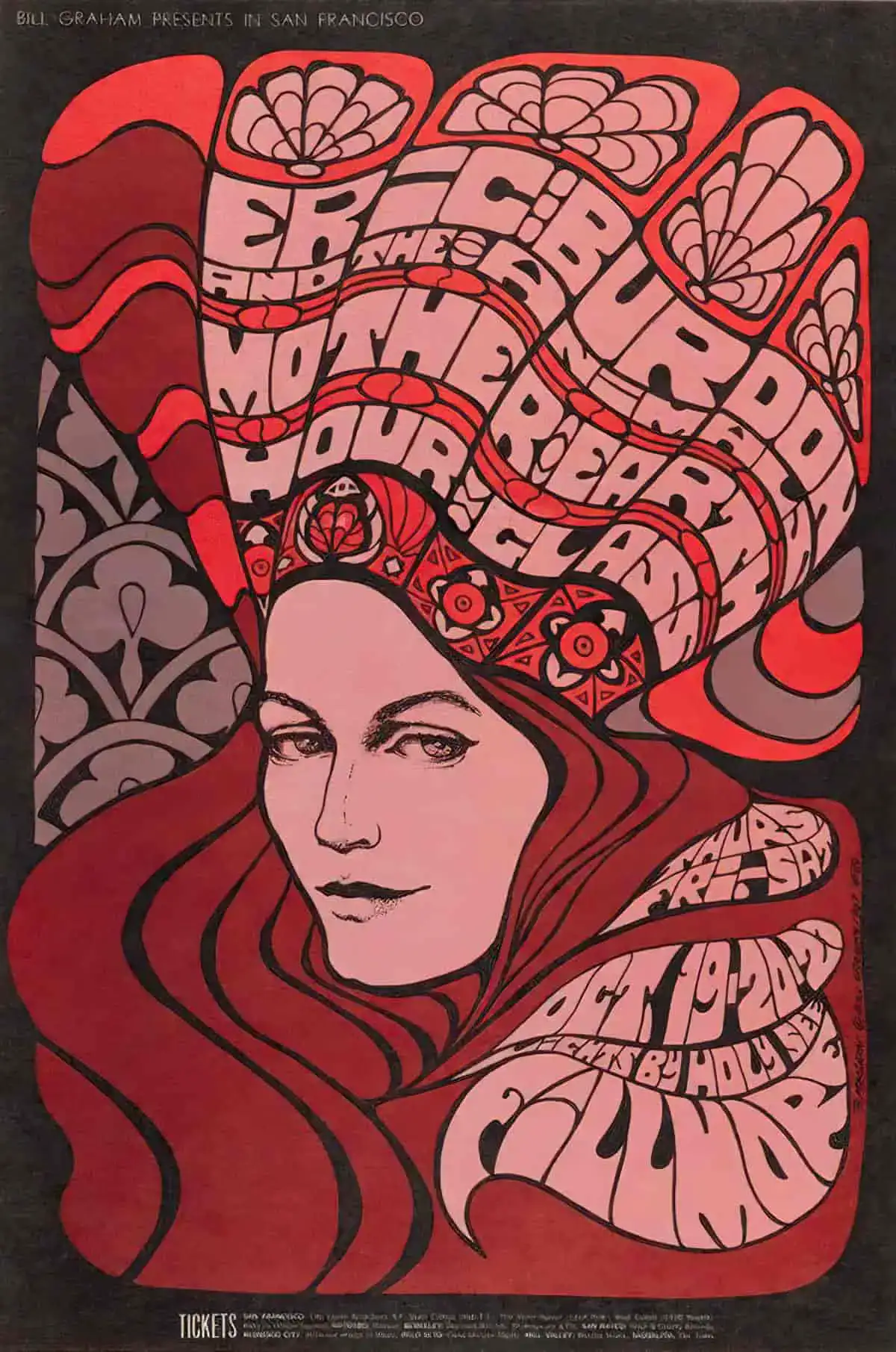
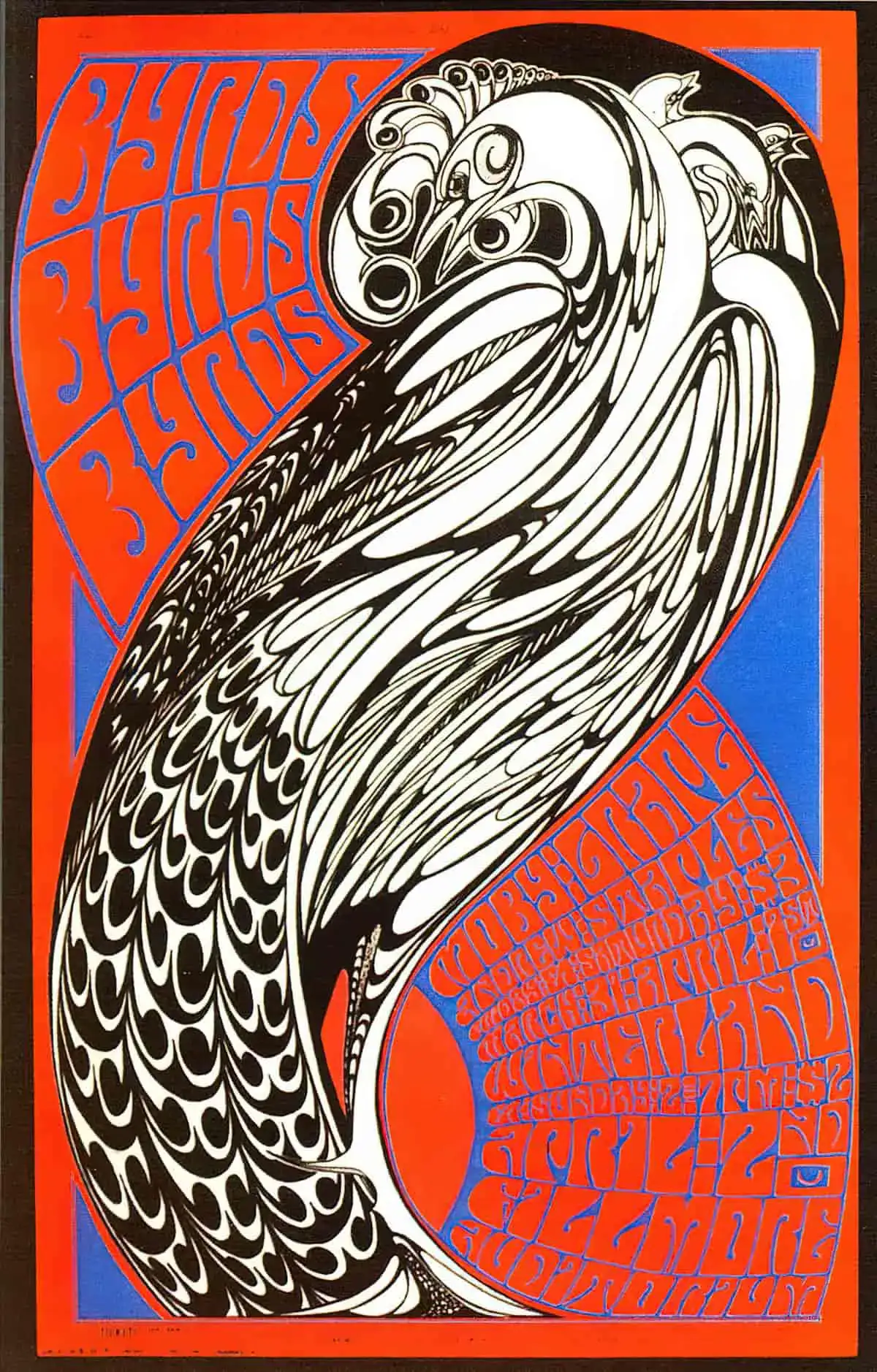
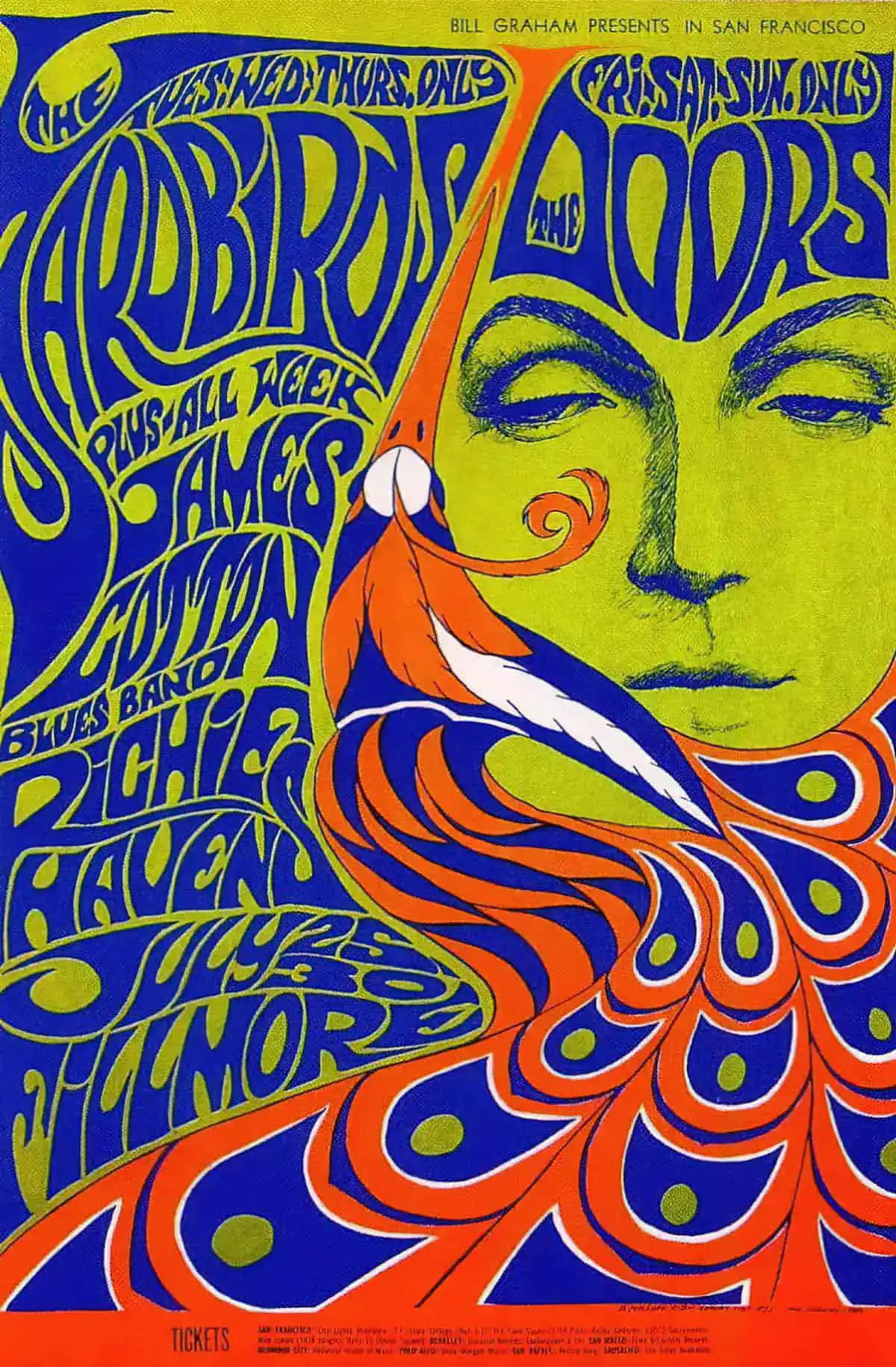
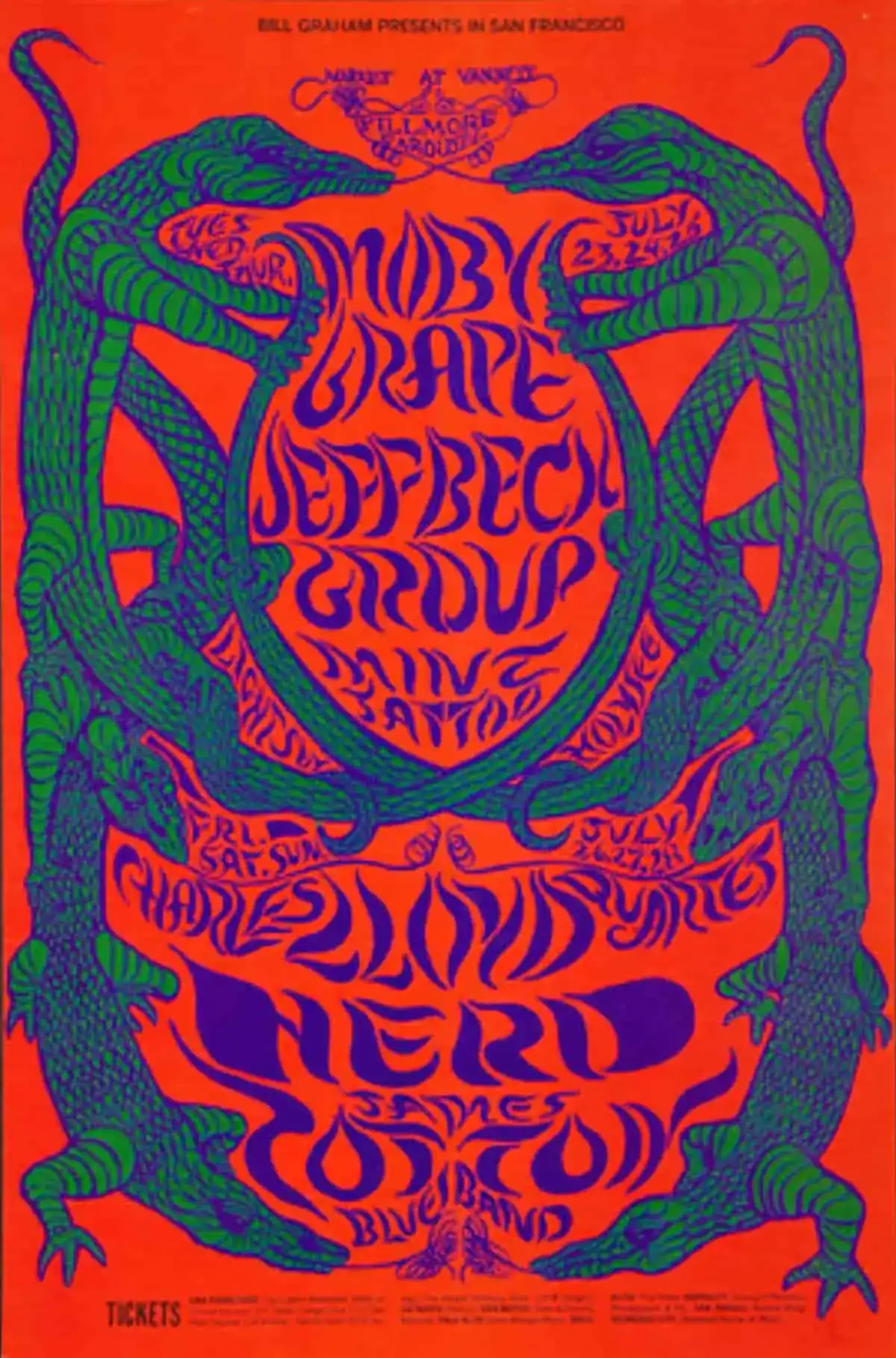
Psychedelic states may have lessons to offer us in how to accept the world we find ourselves in being not quite as we assumed it would be.
Nikki Wyrd, editor of Psychedelic Press Quarterly
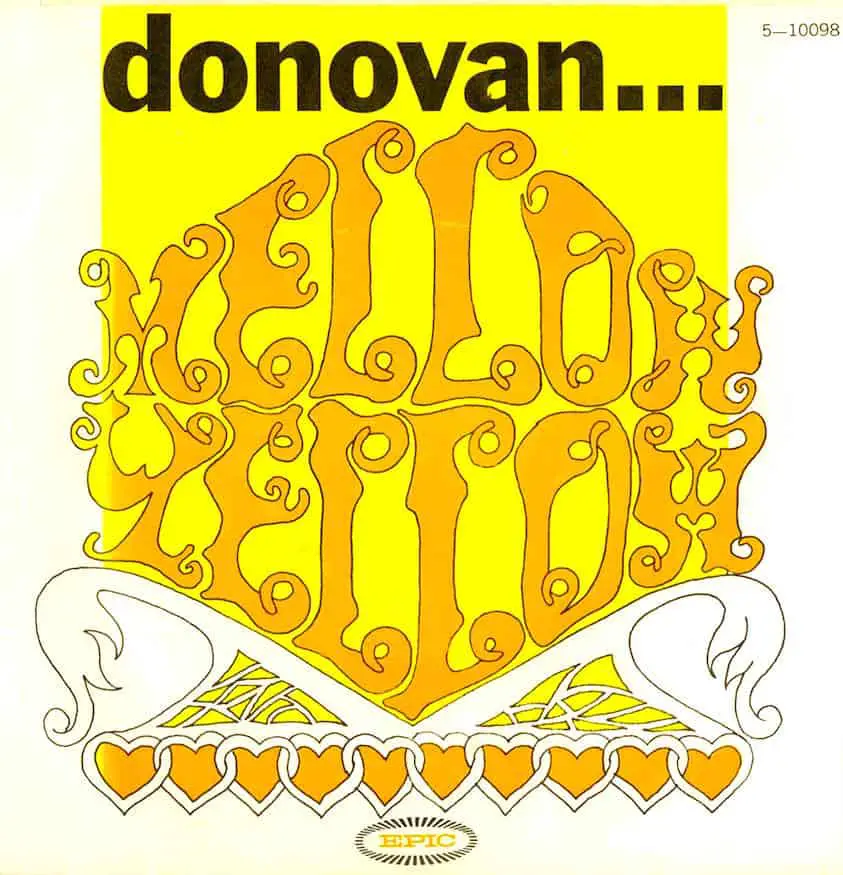
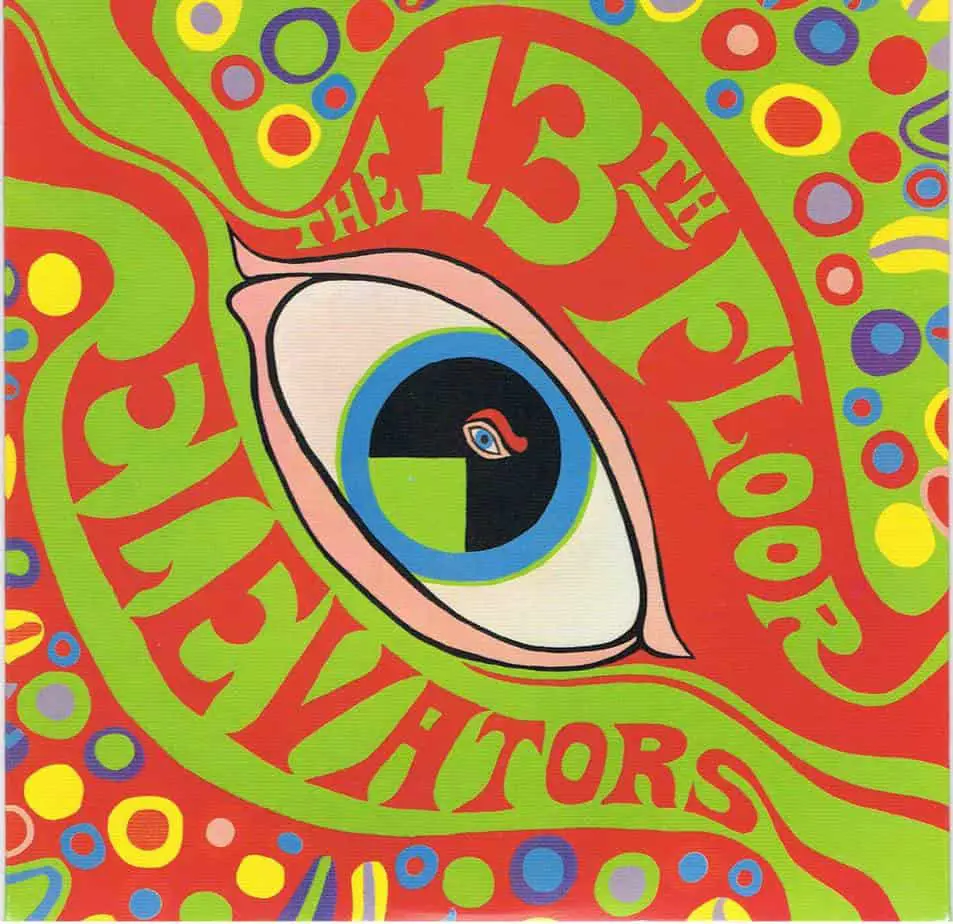
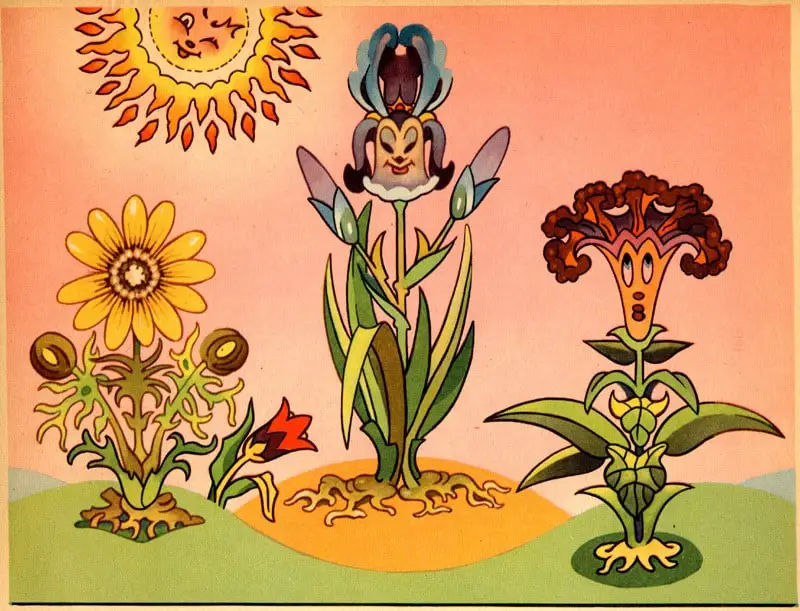
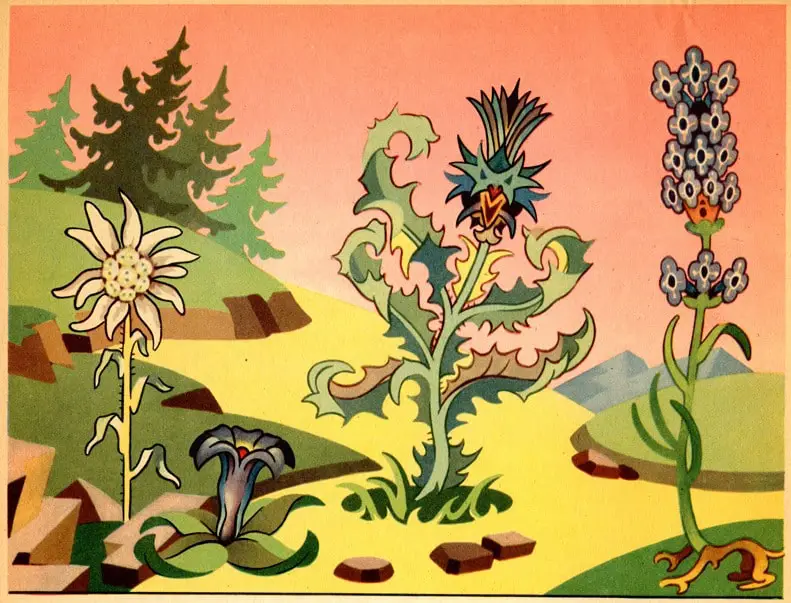
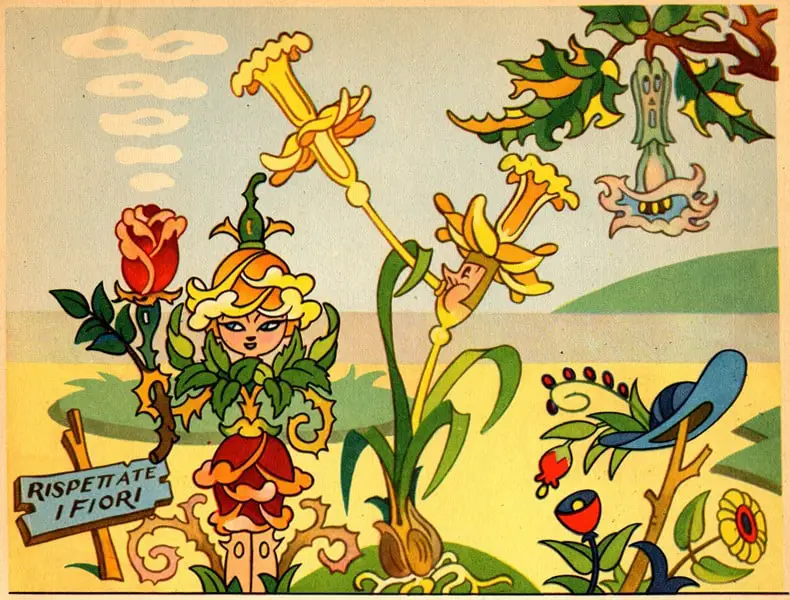
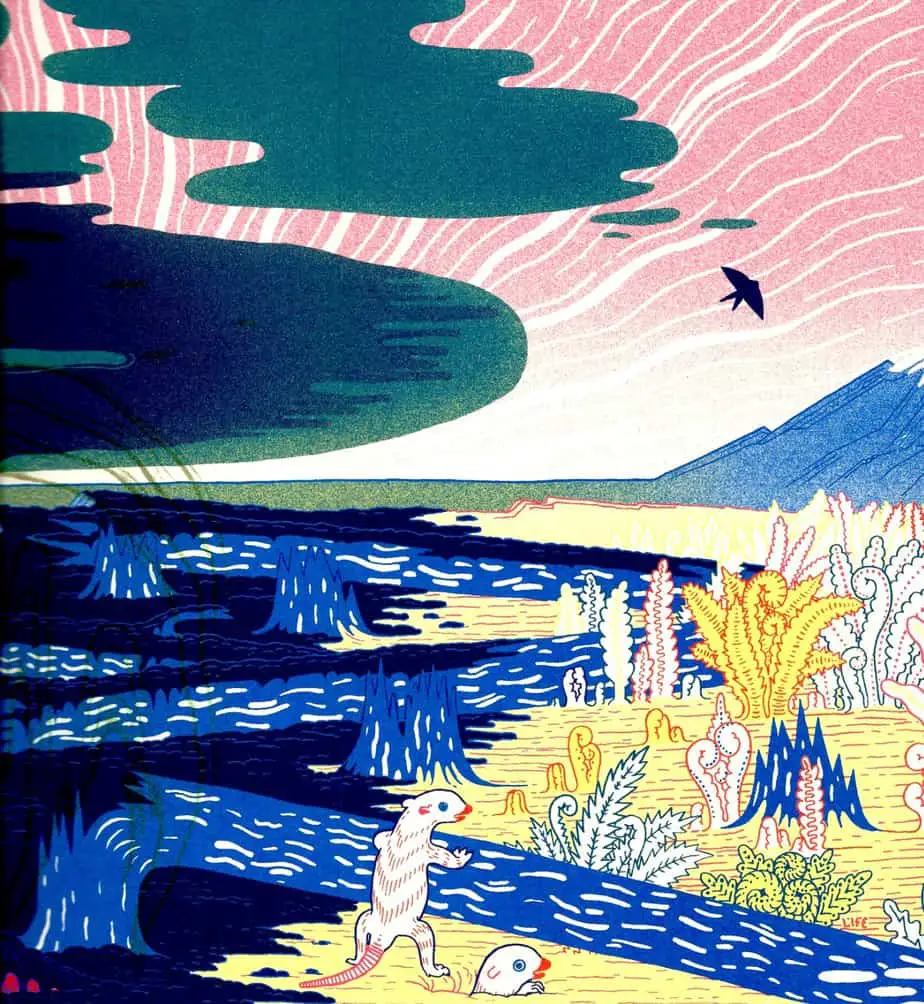
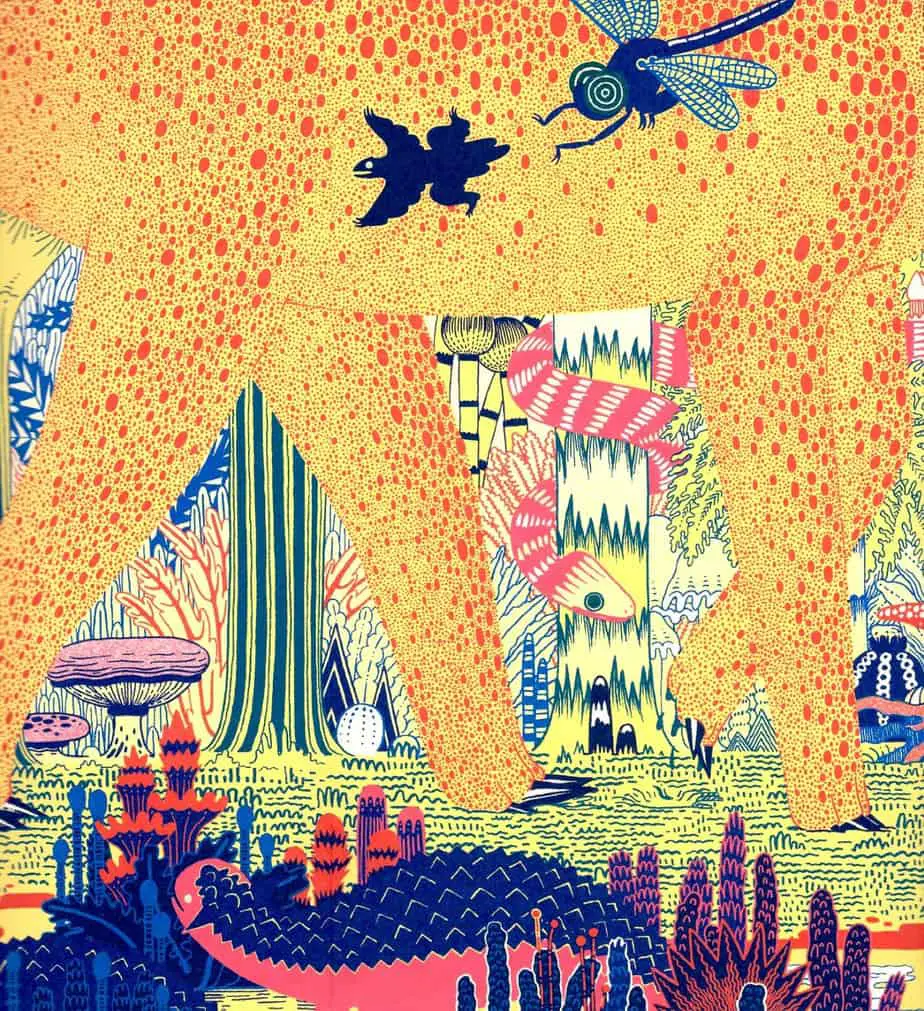
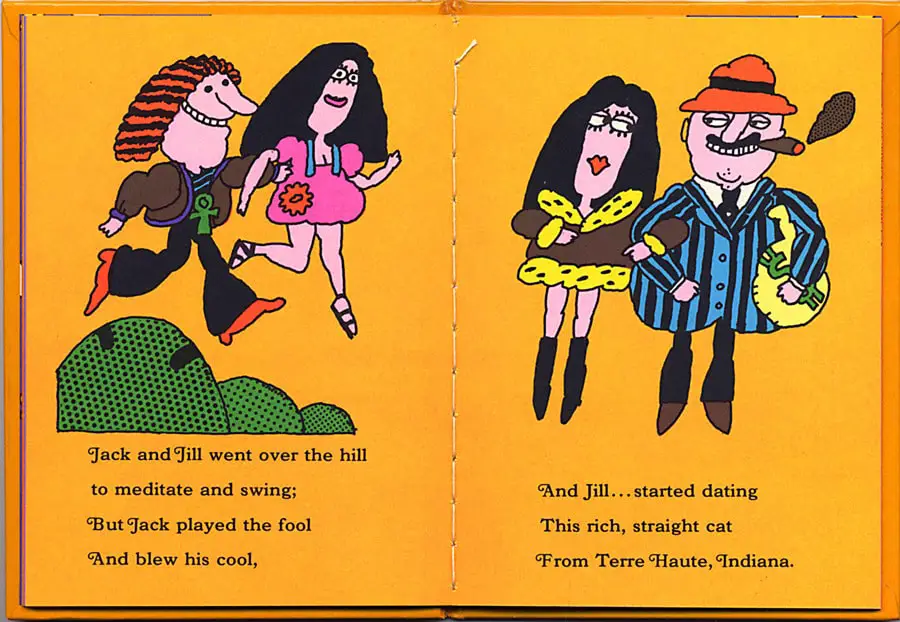
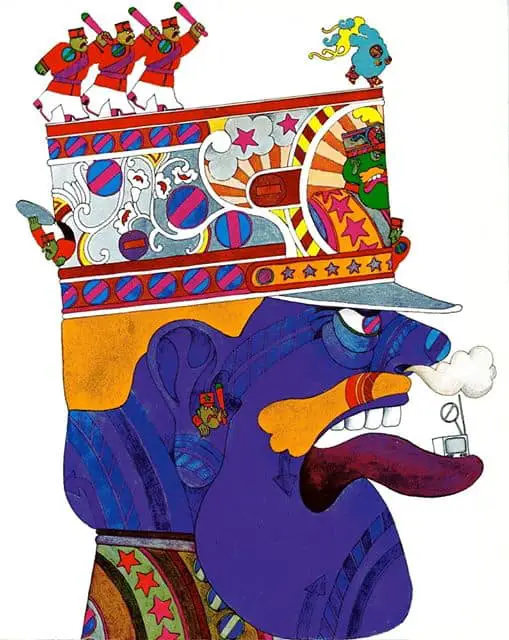
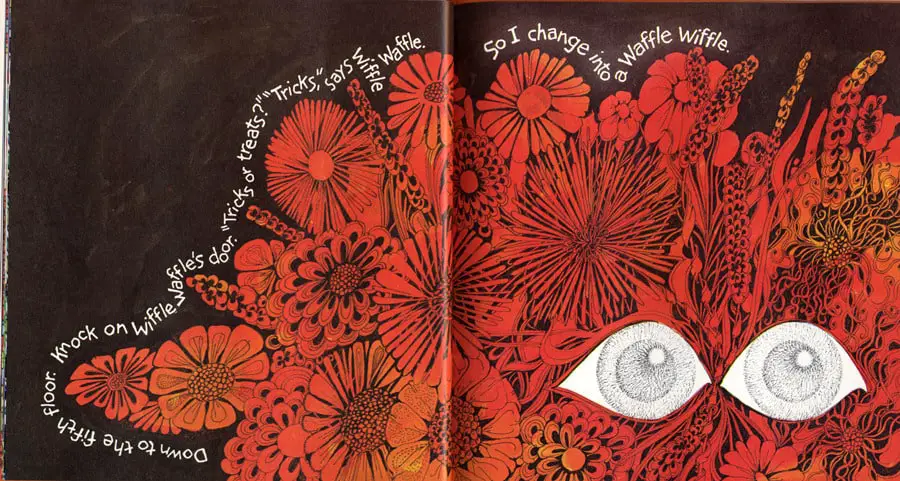
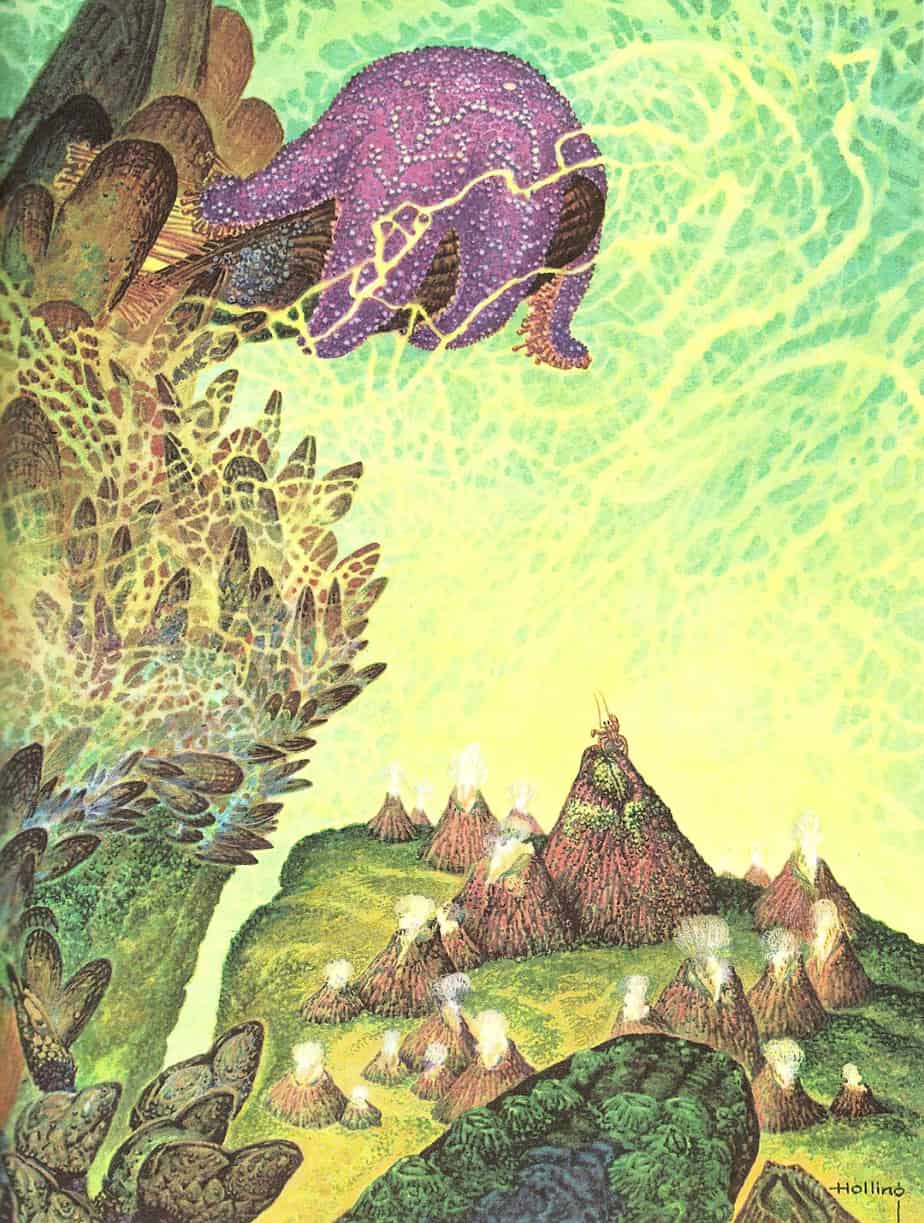
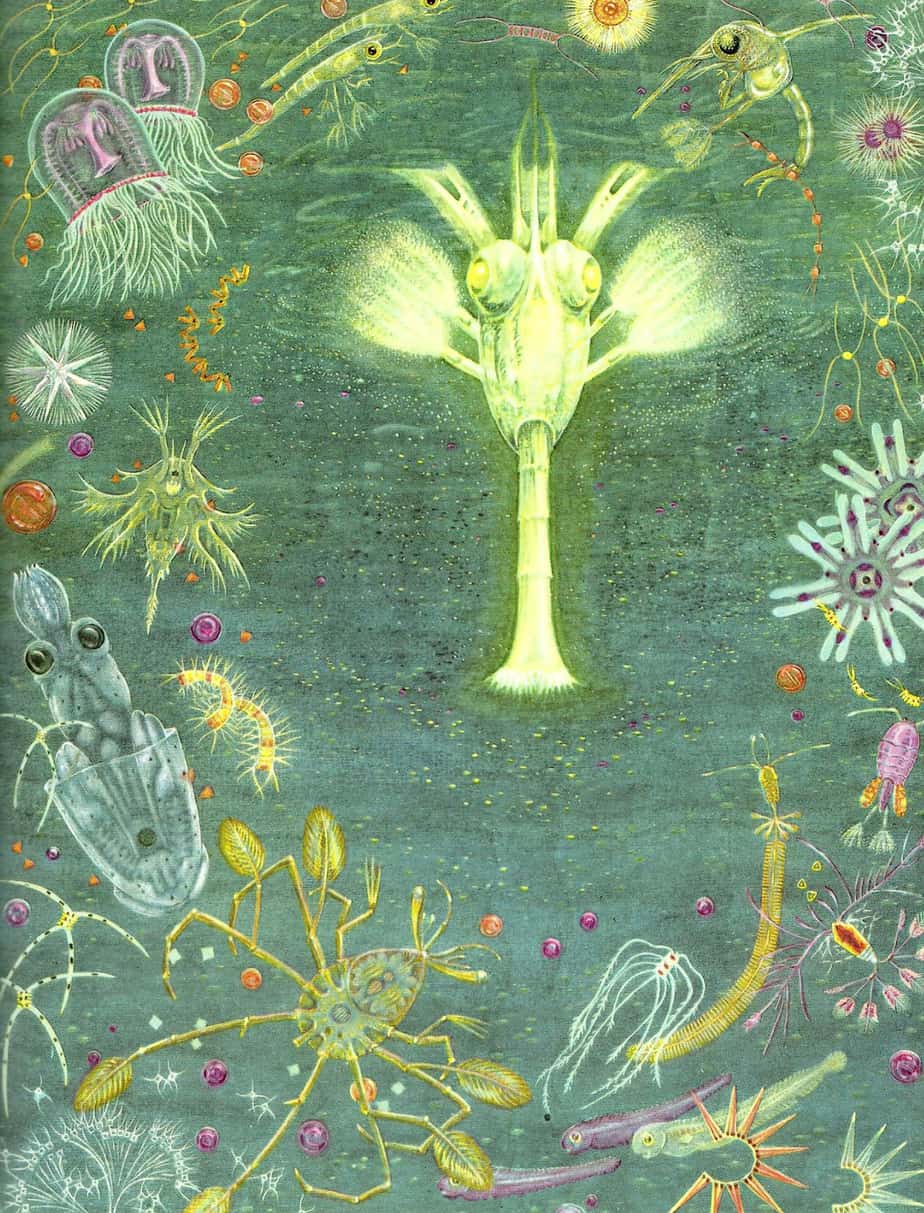
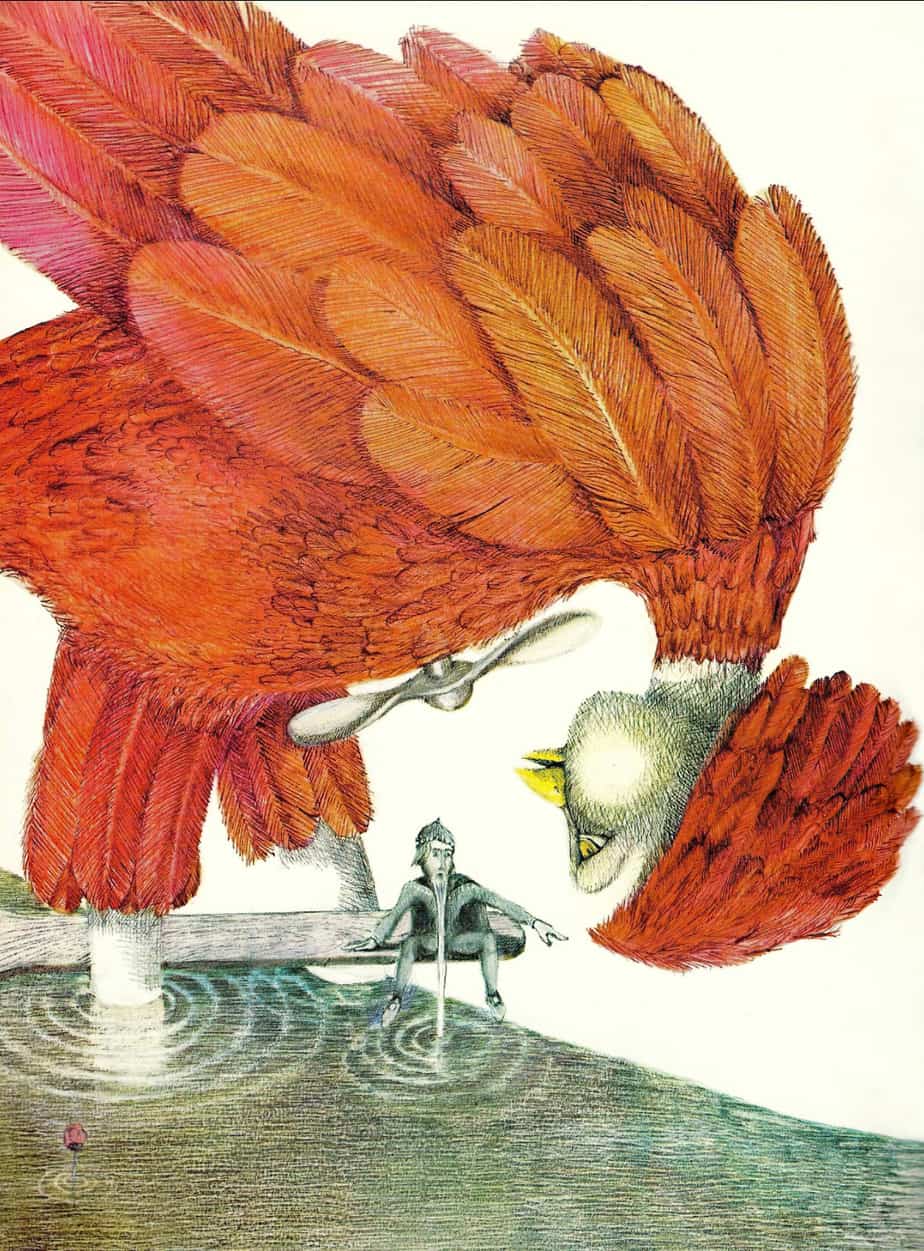
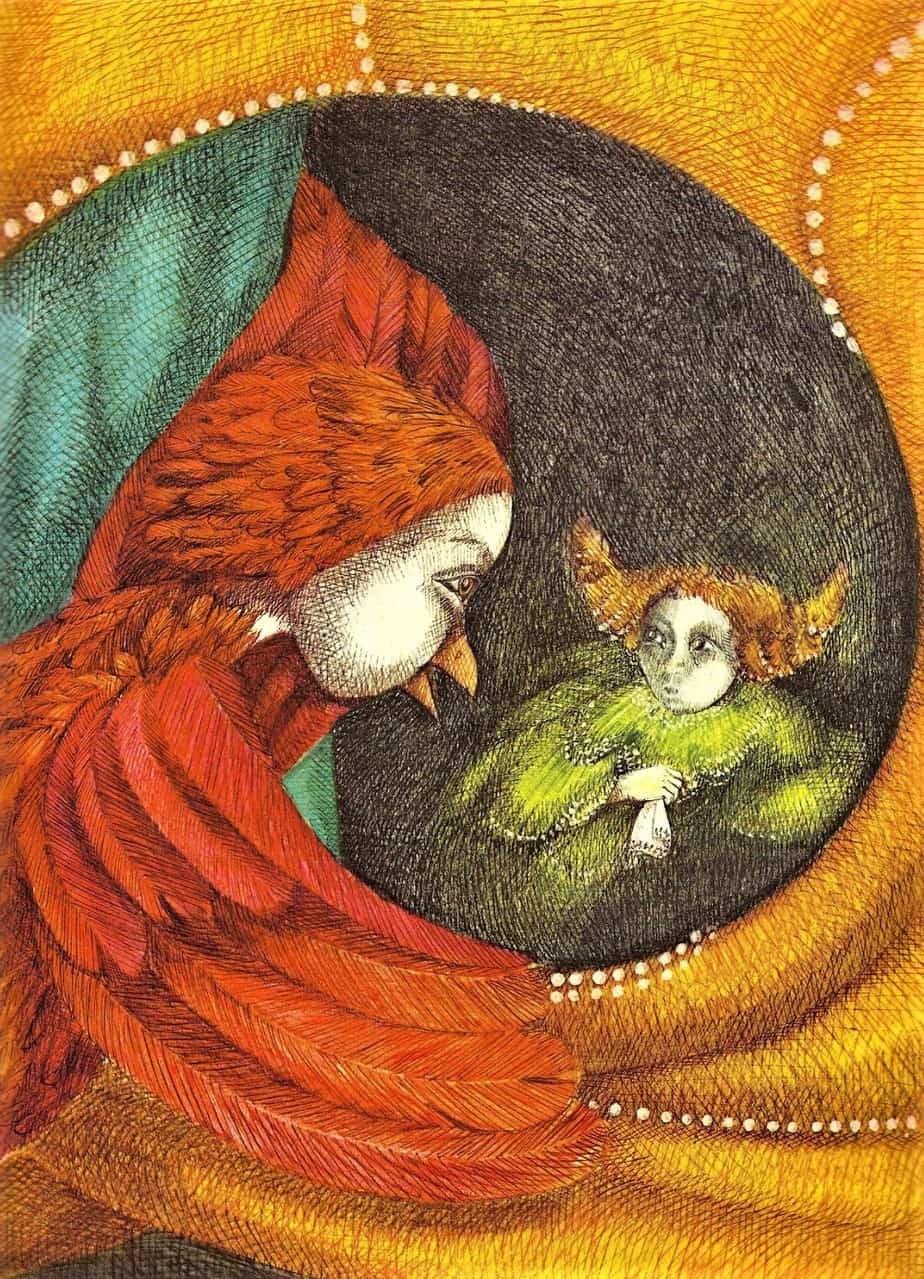
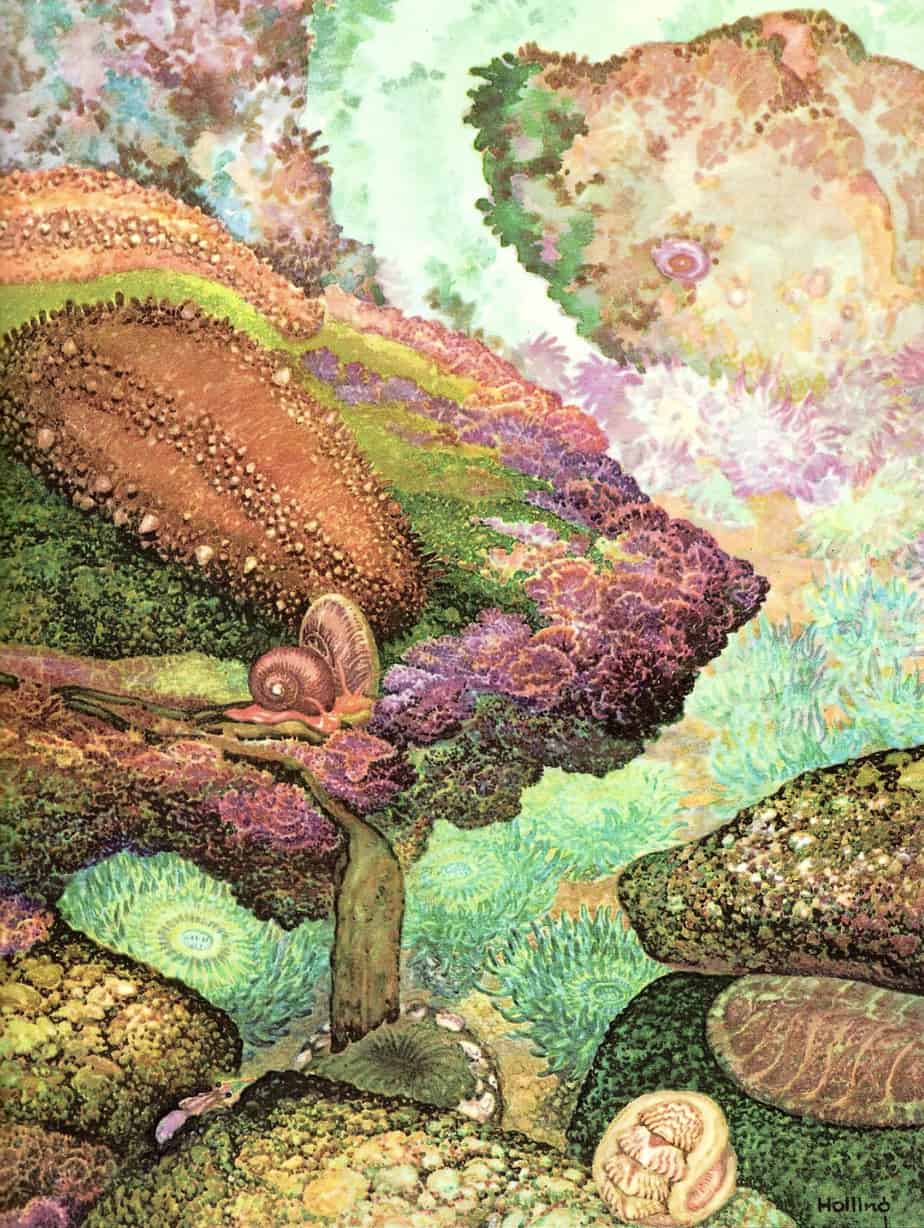
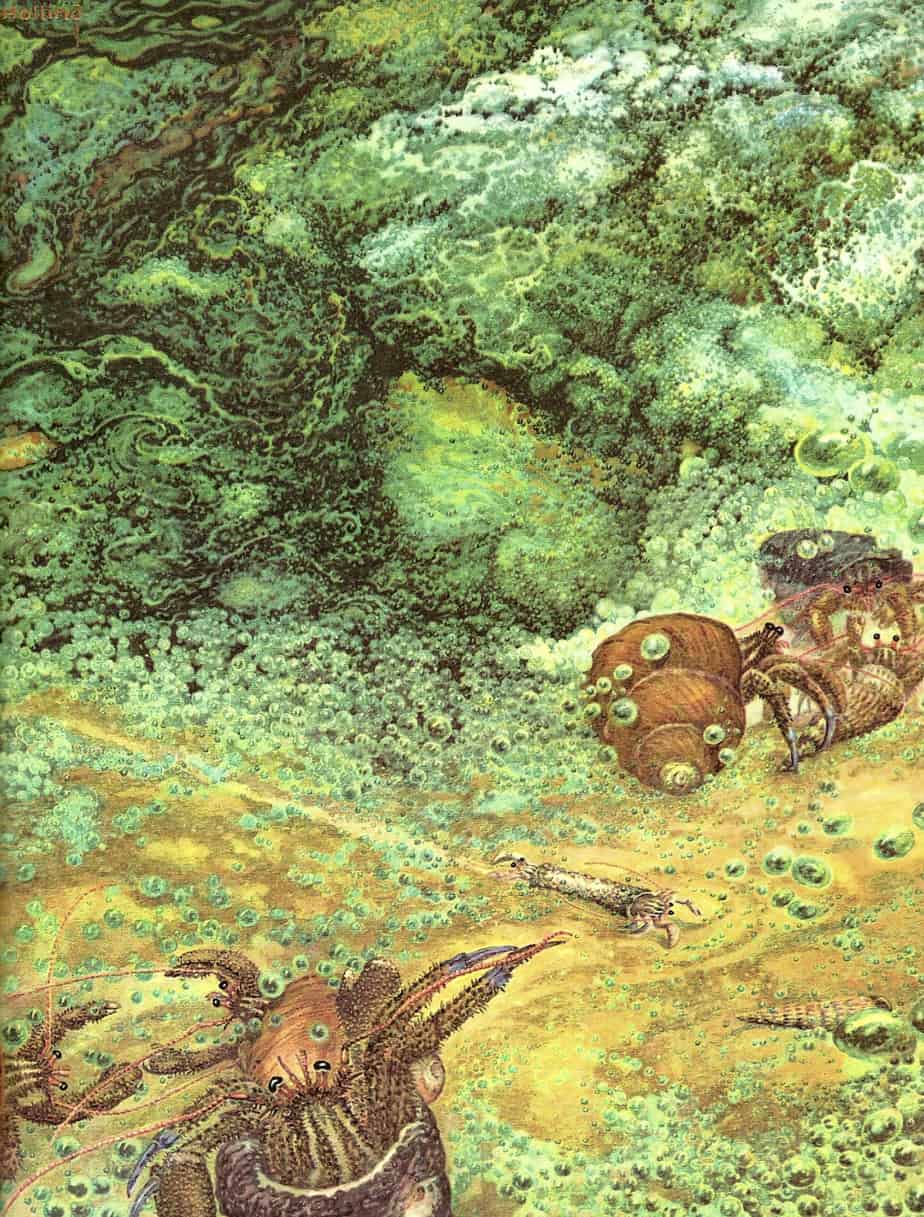
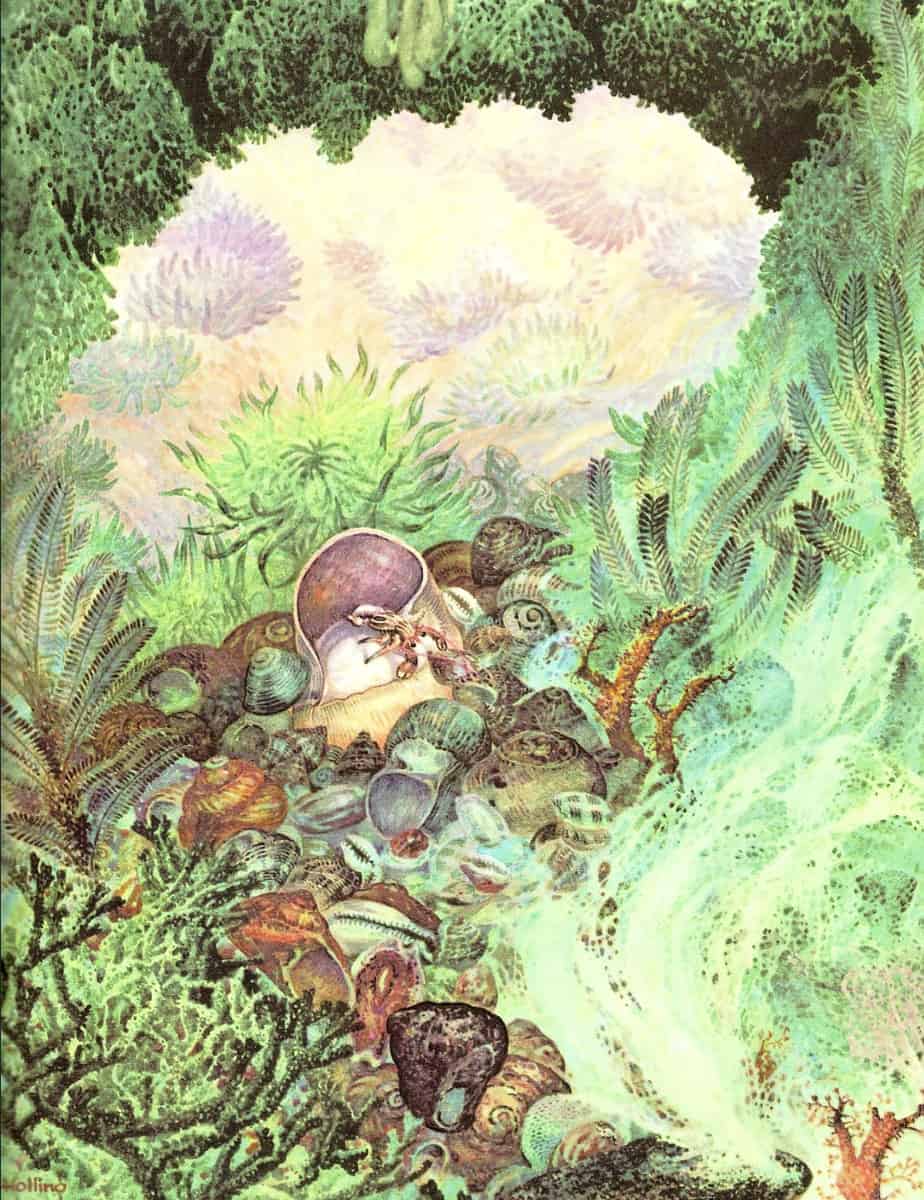
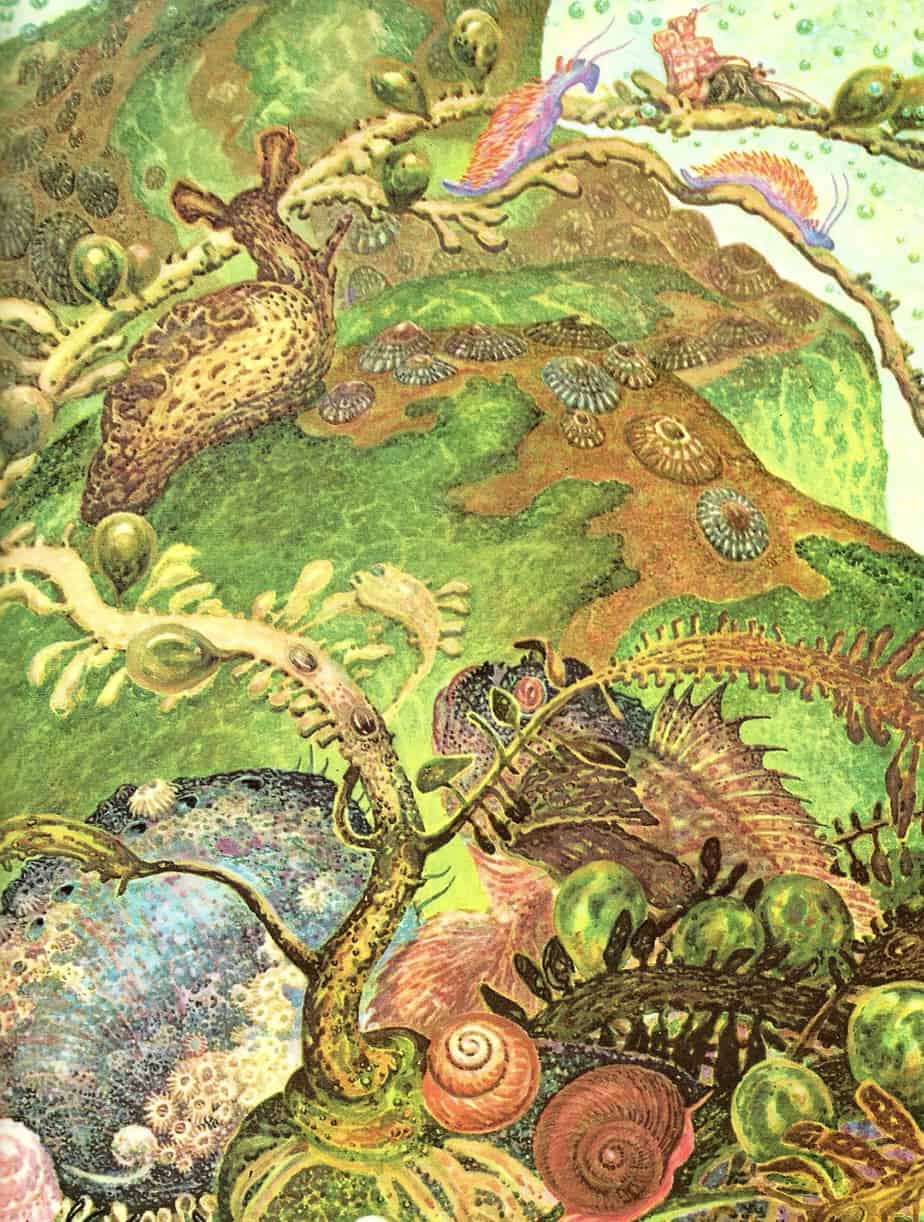
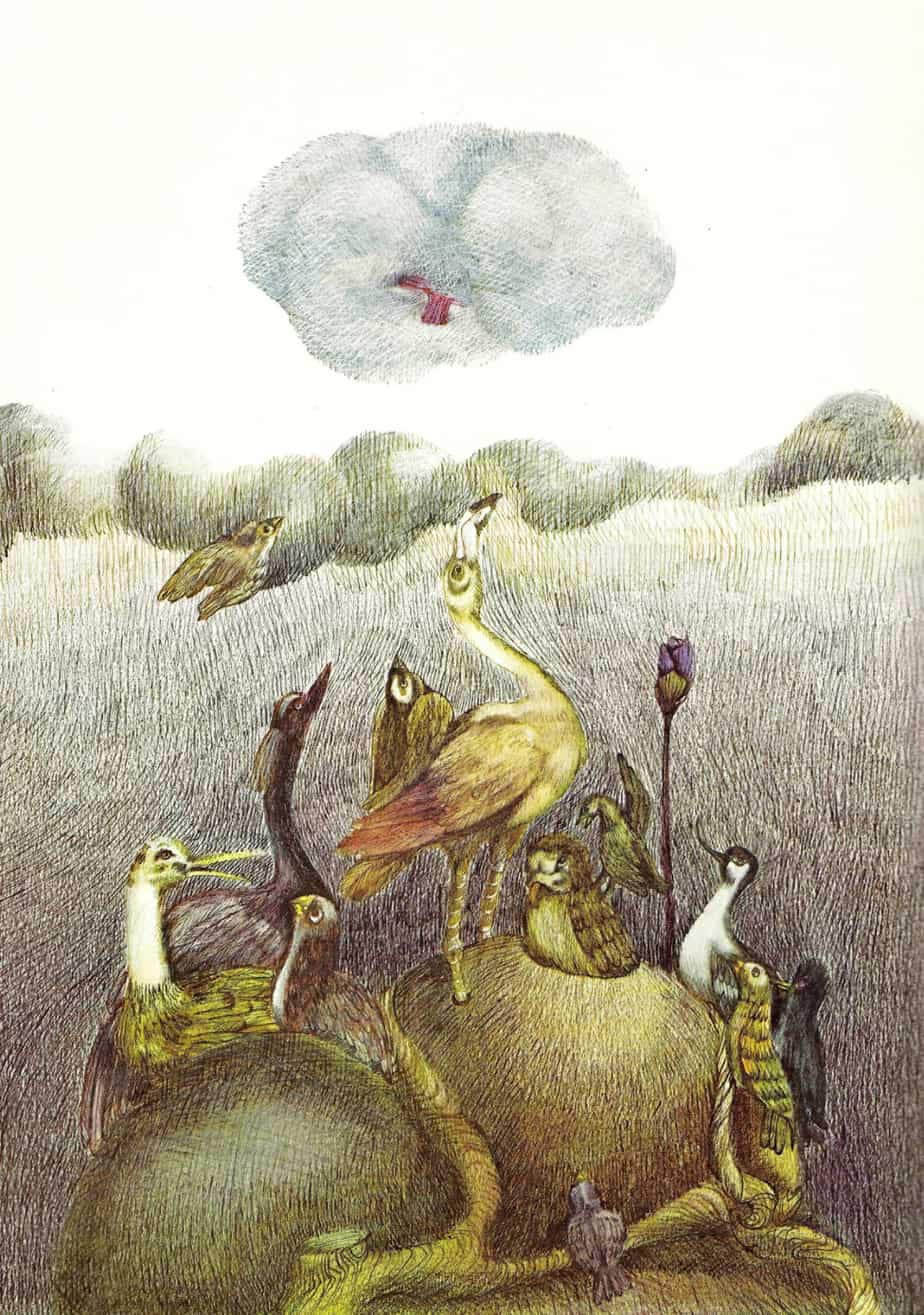
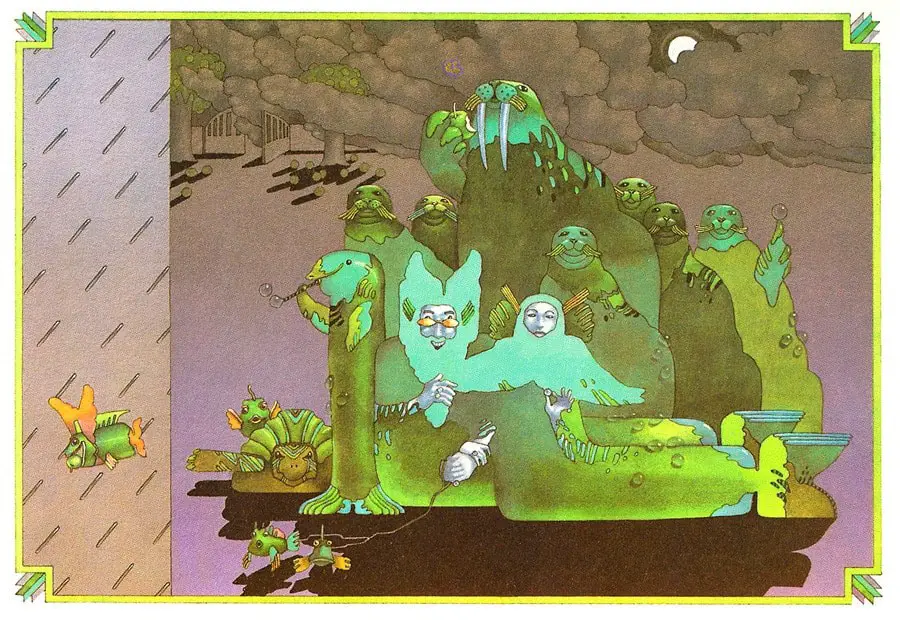
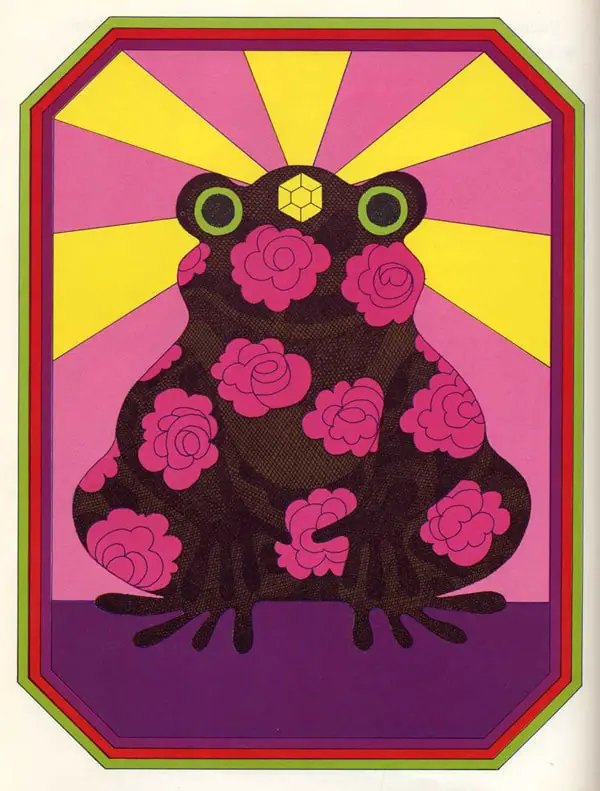
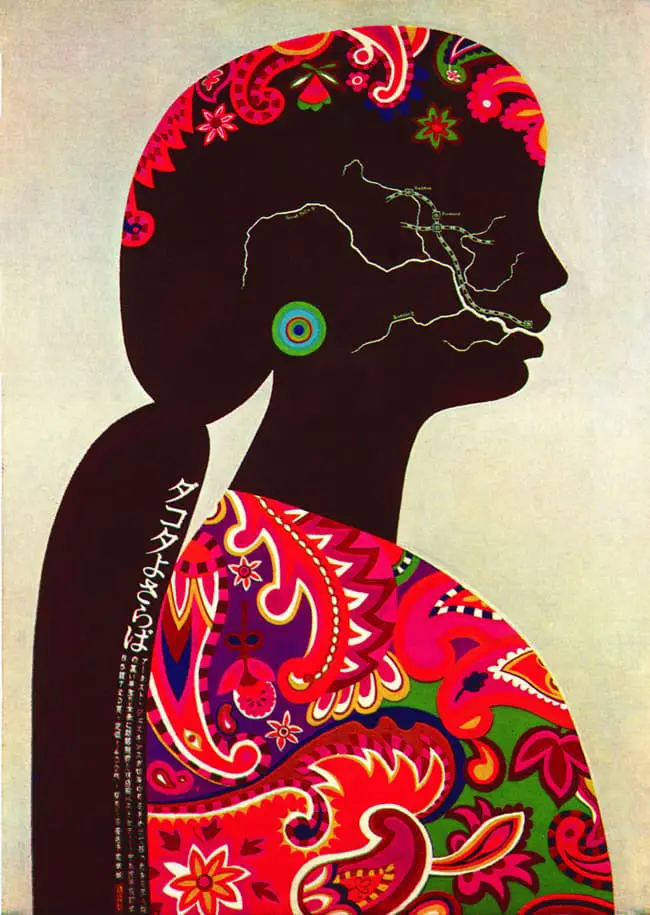
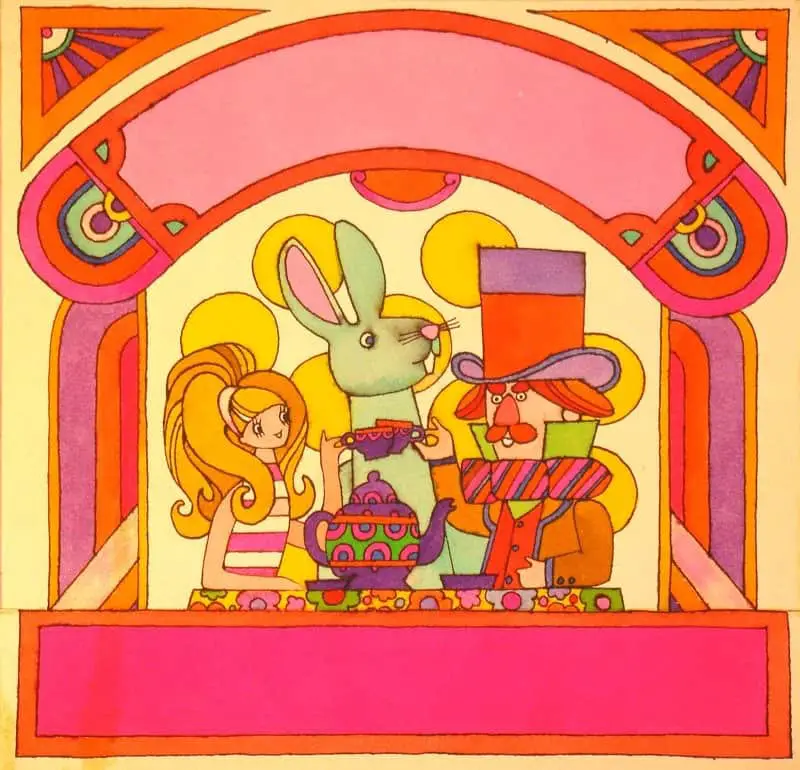
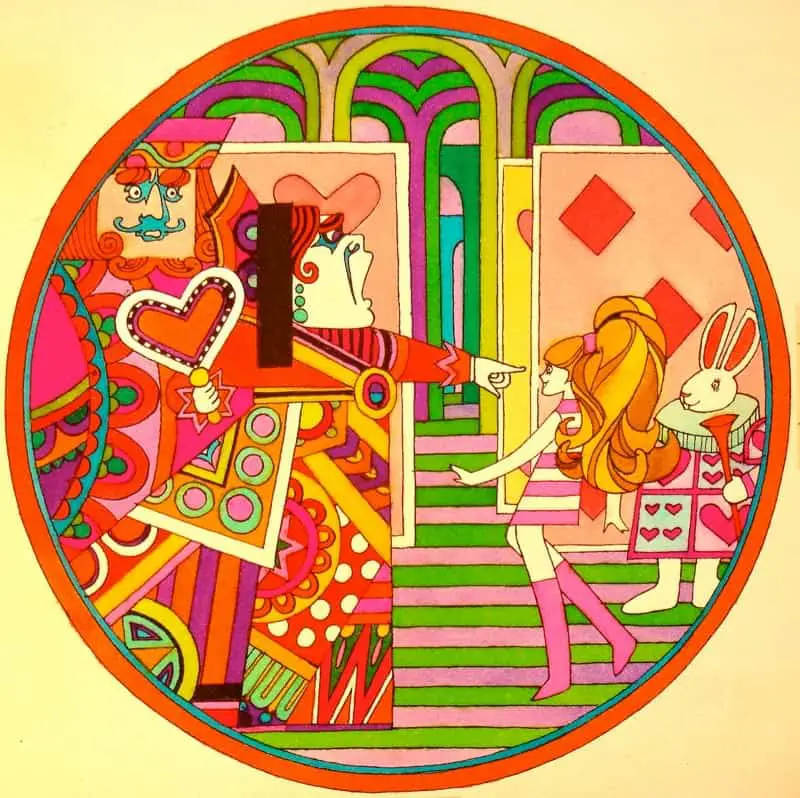
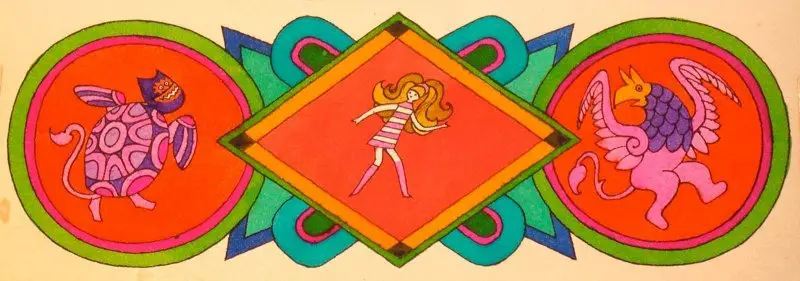
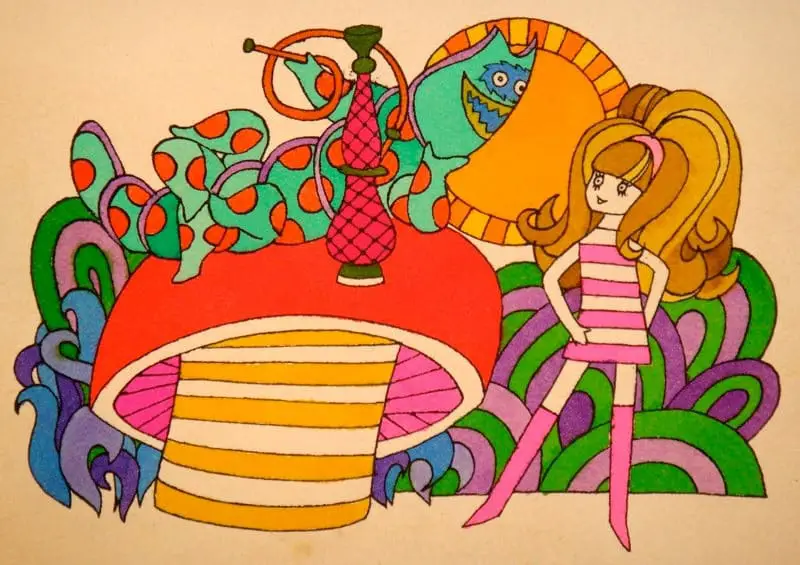
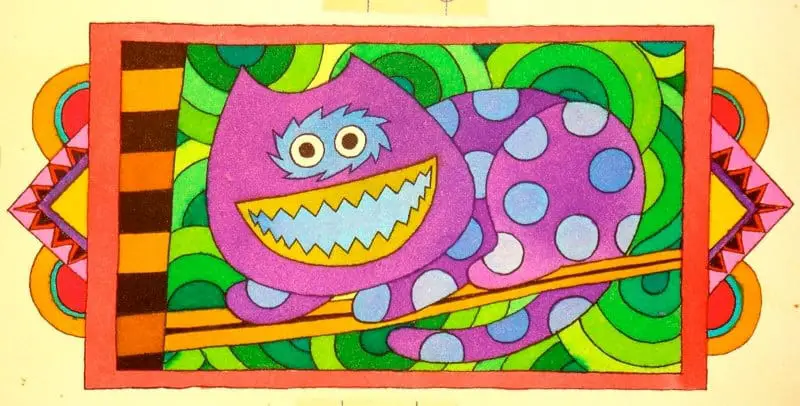
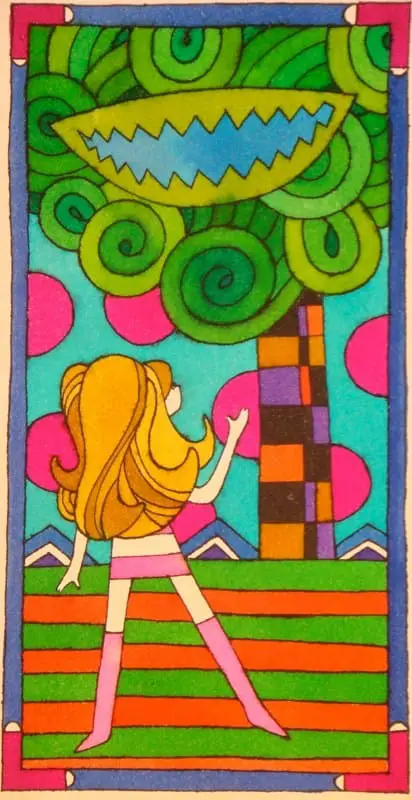
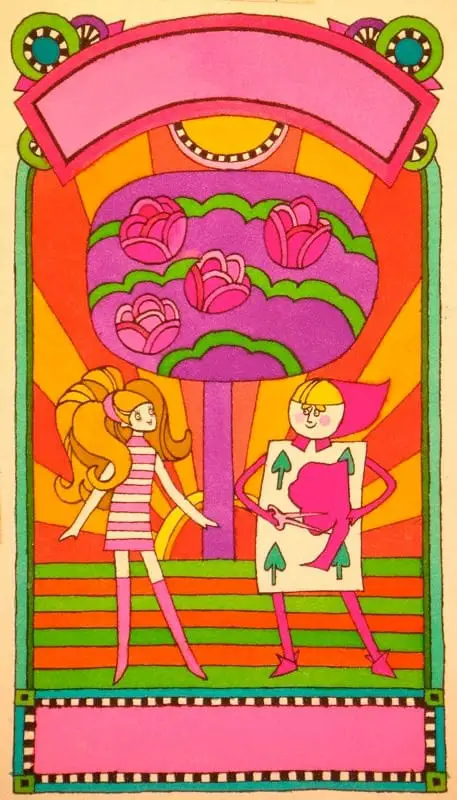
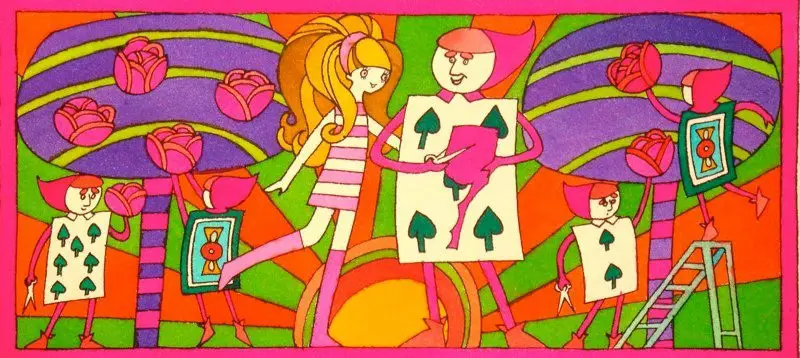
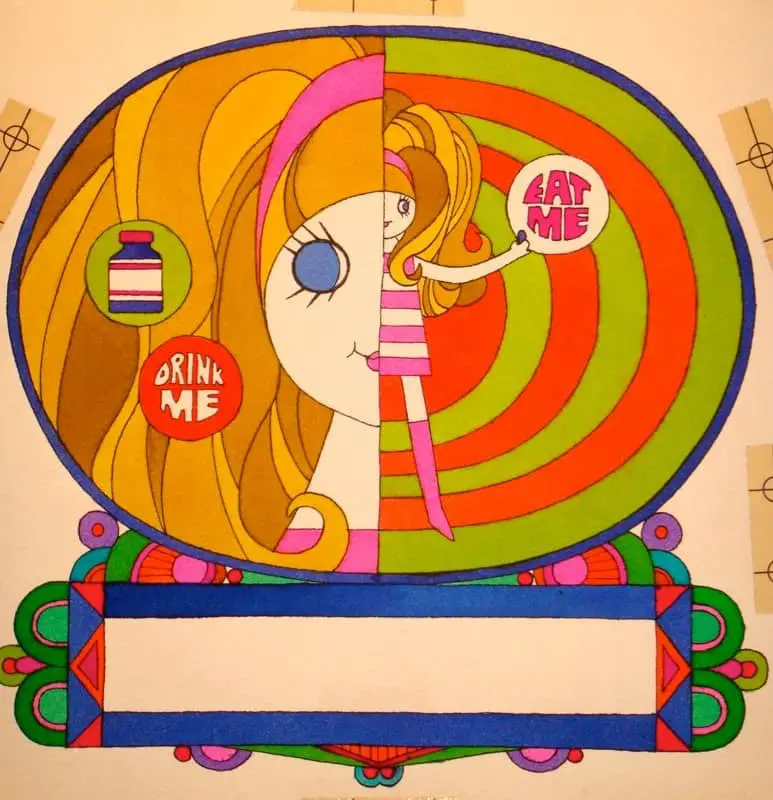
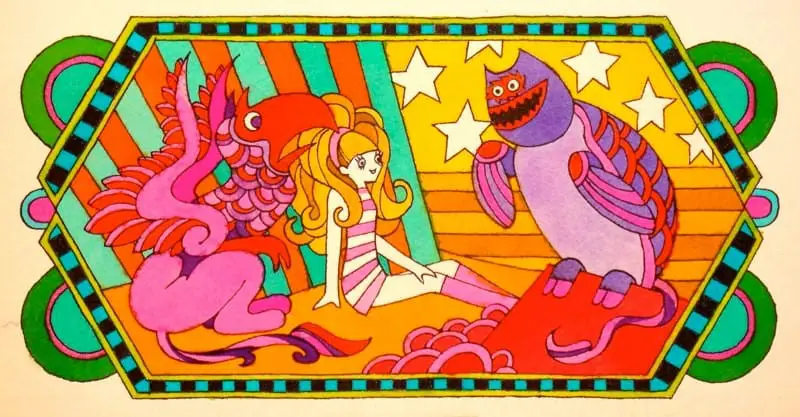
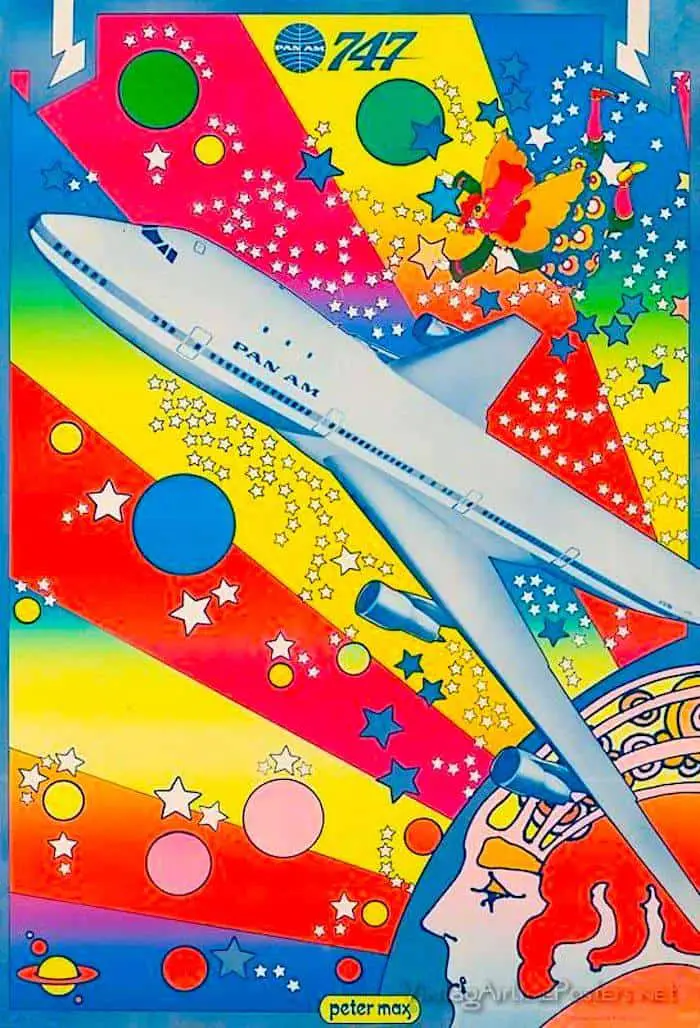
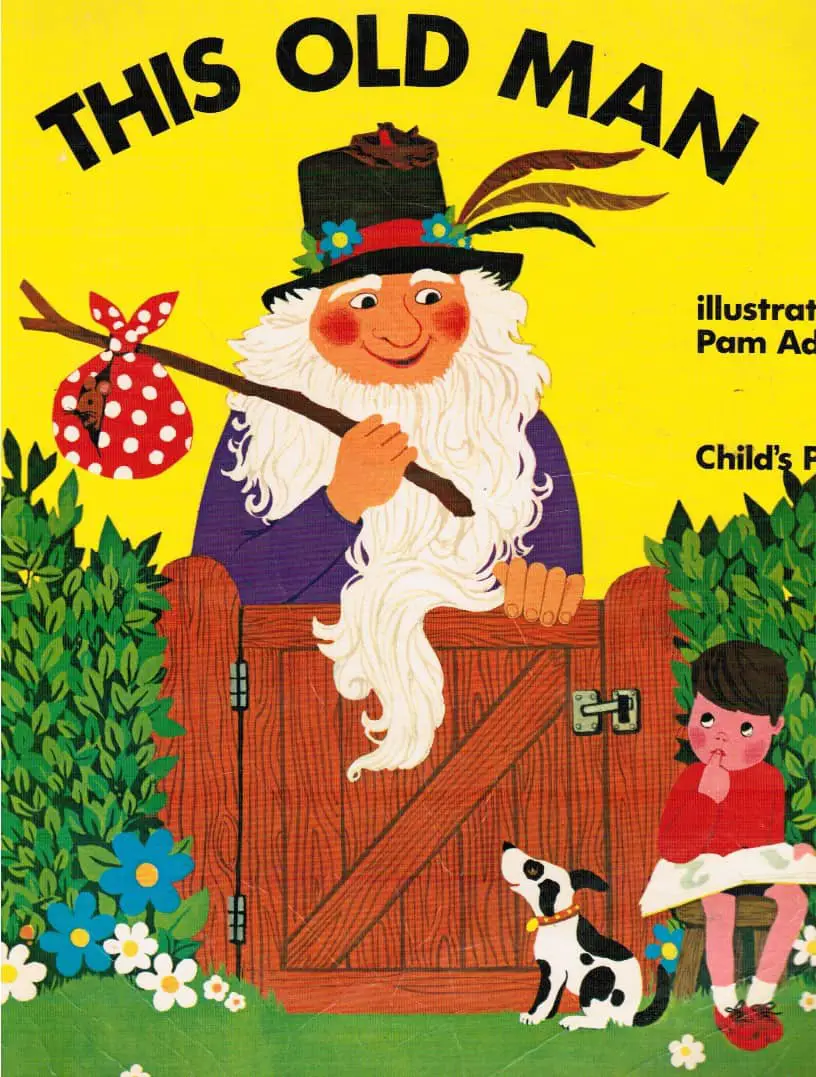
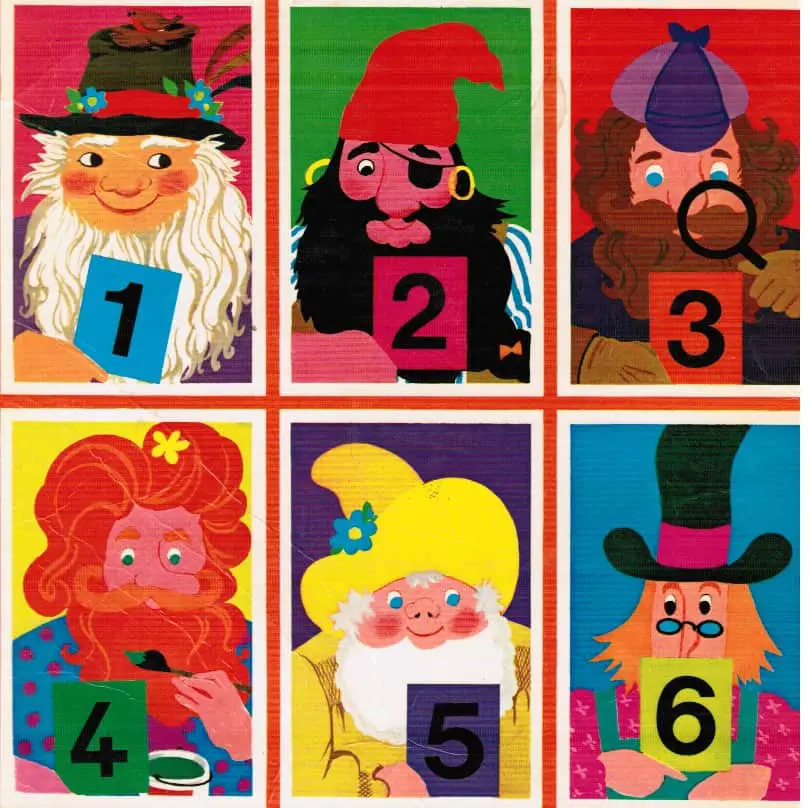
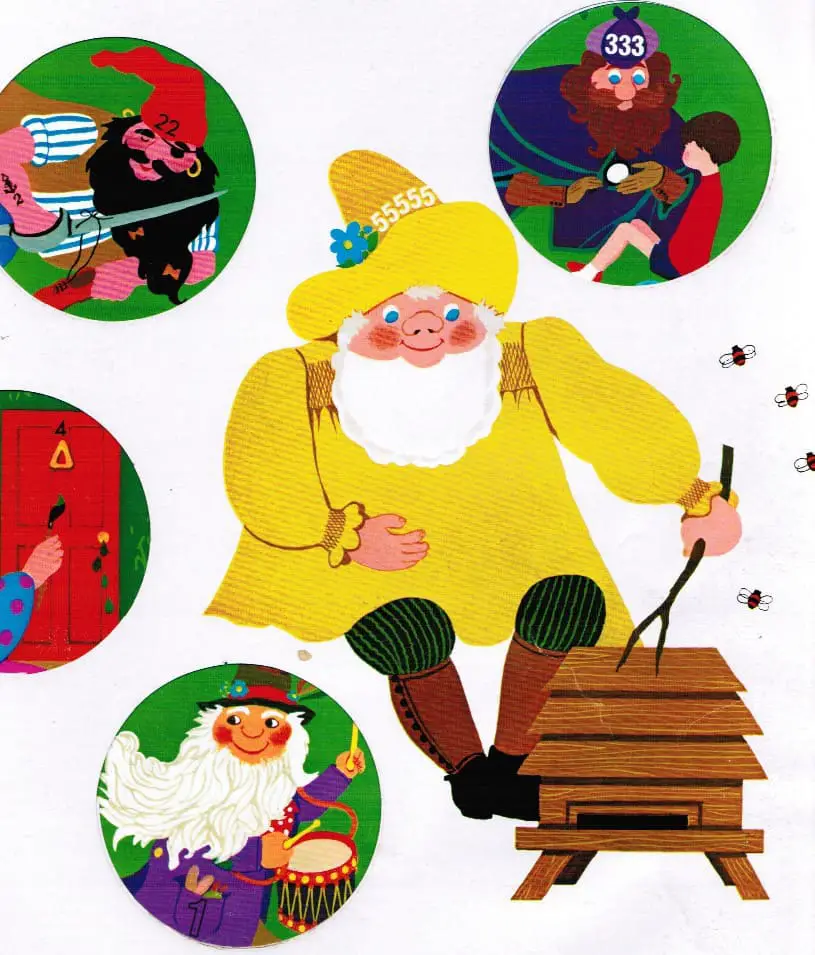
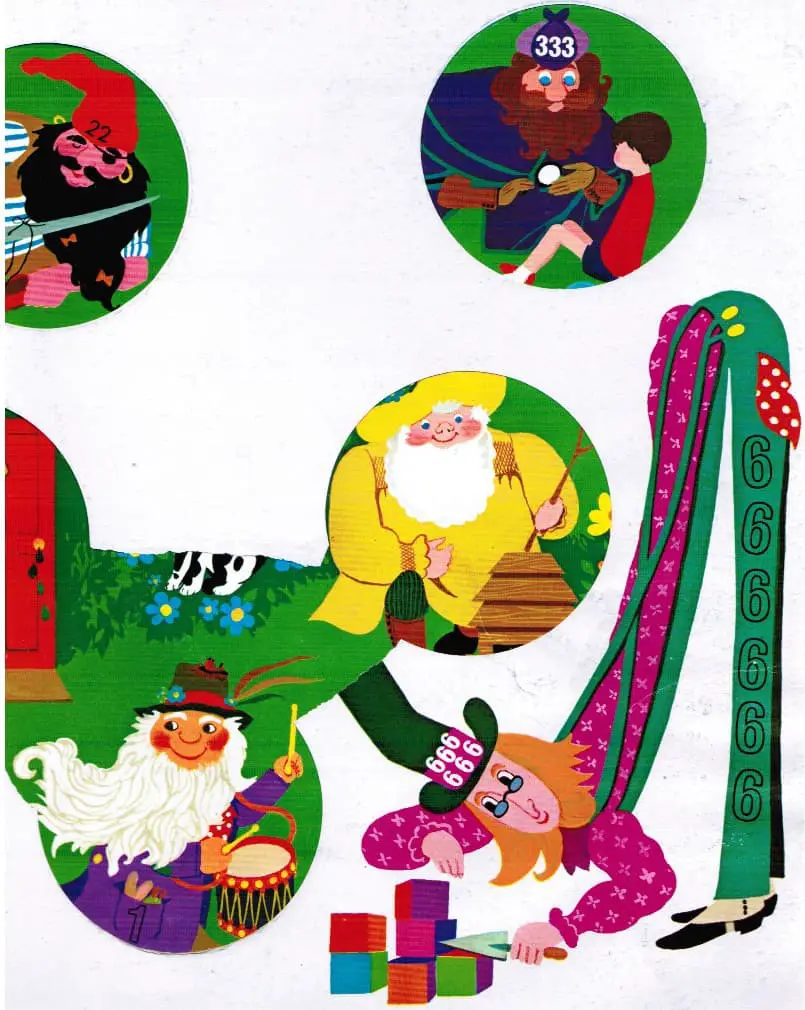
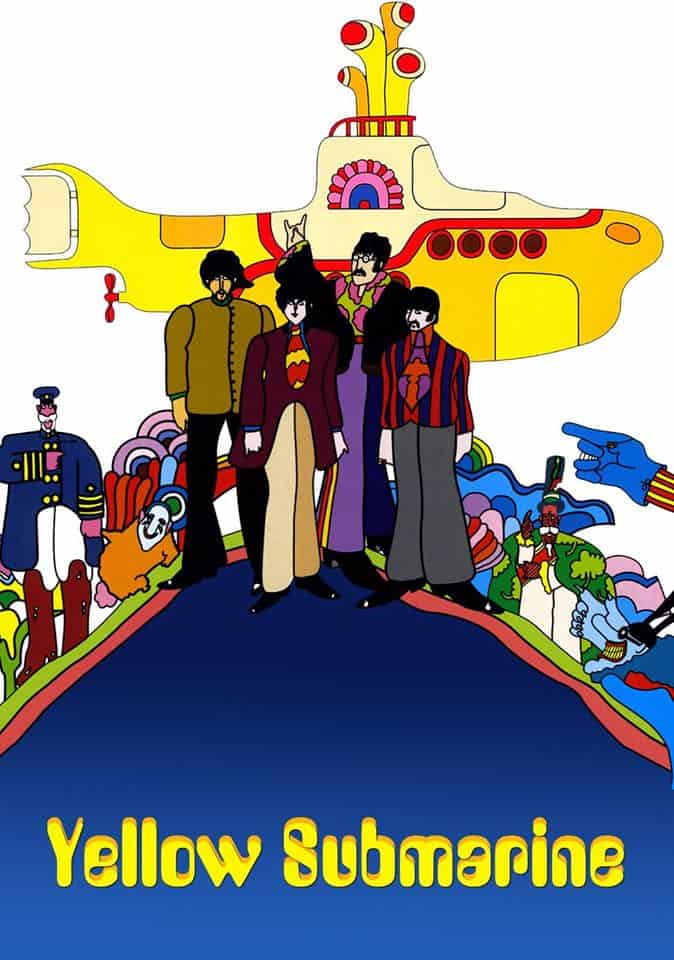
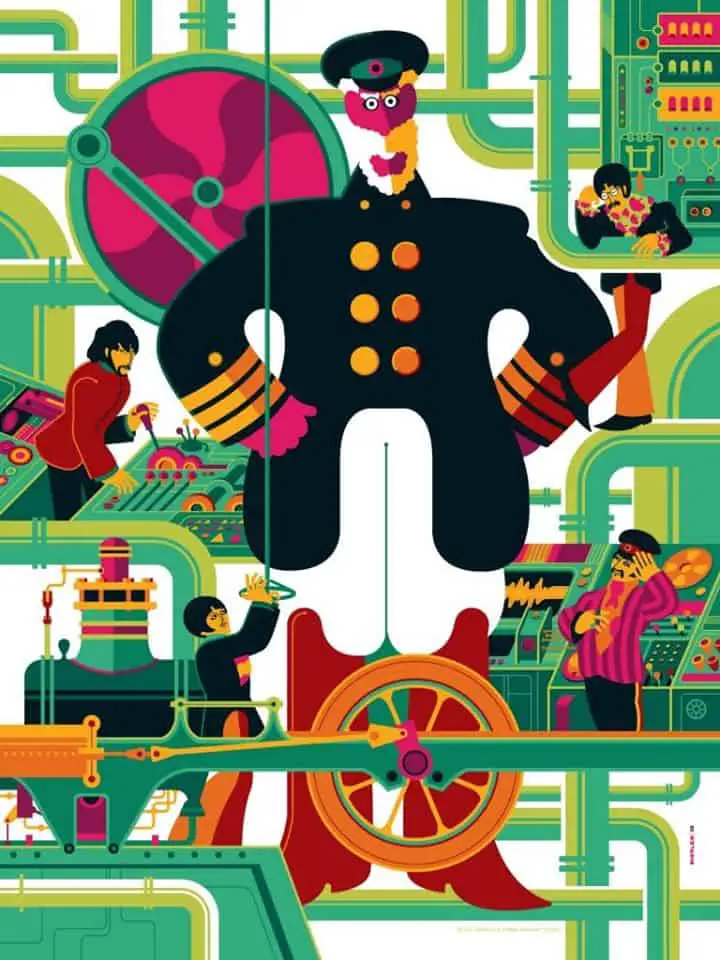
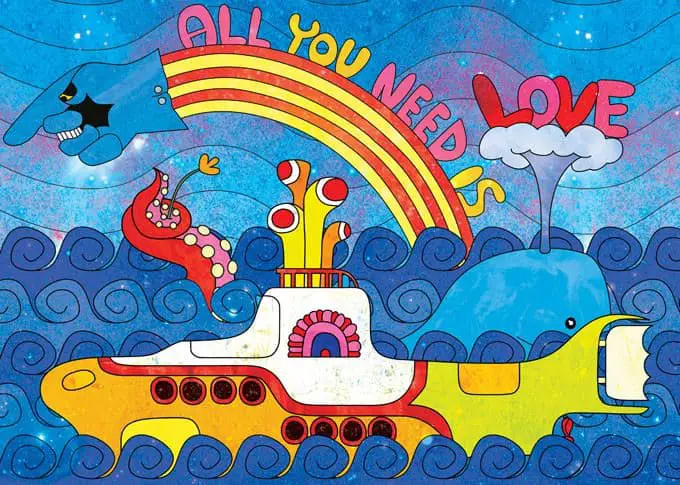
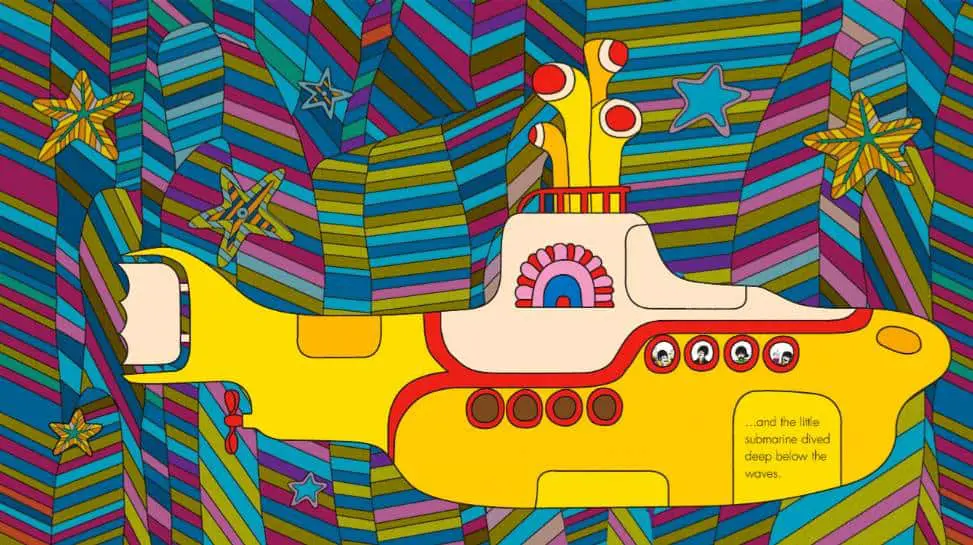
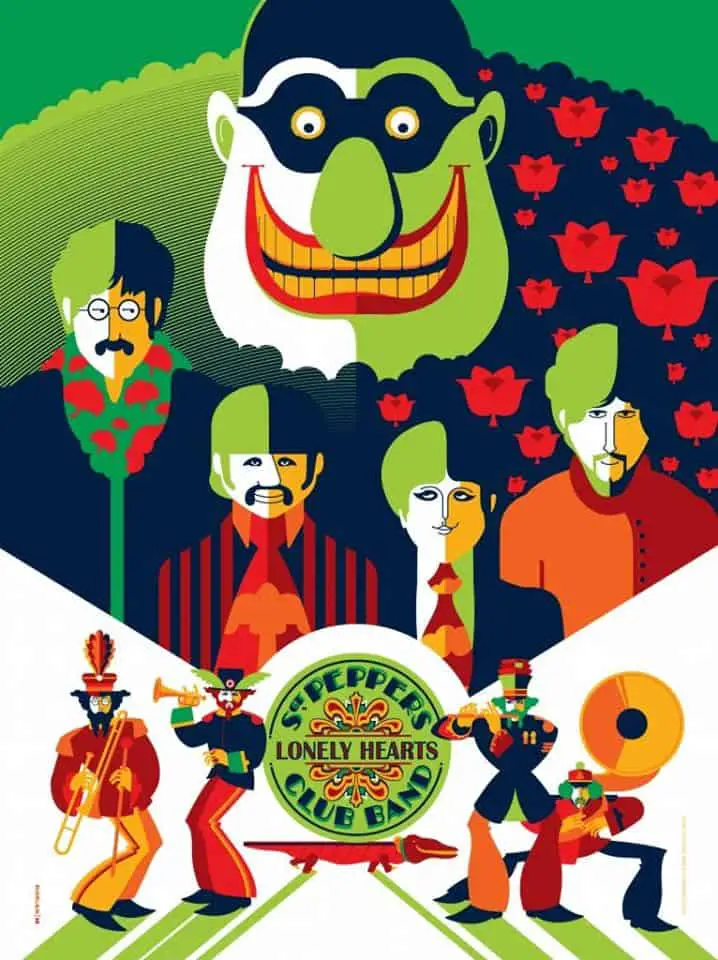
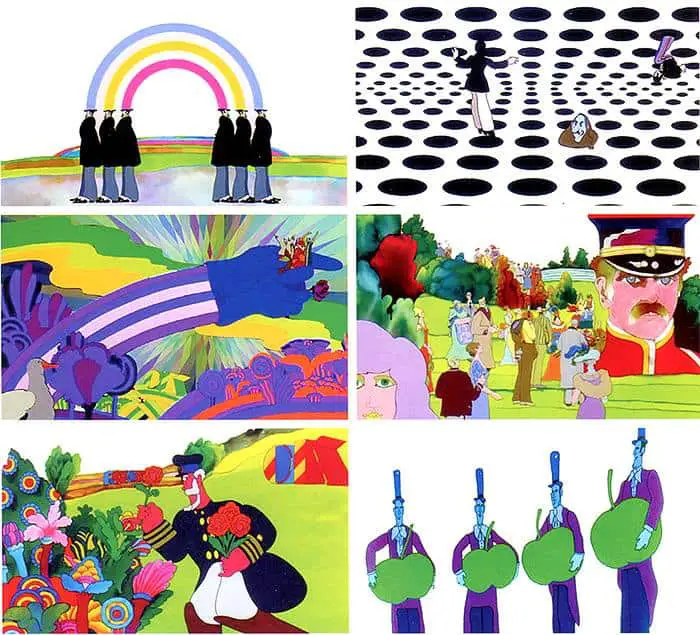
Header illustration: In Mod We Trust fashion advertisement, c. 1967
